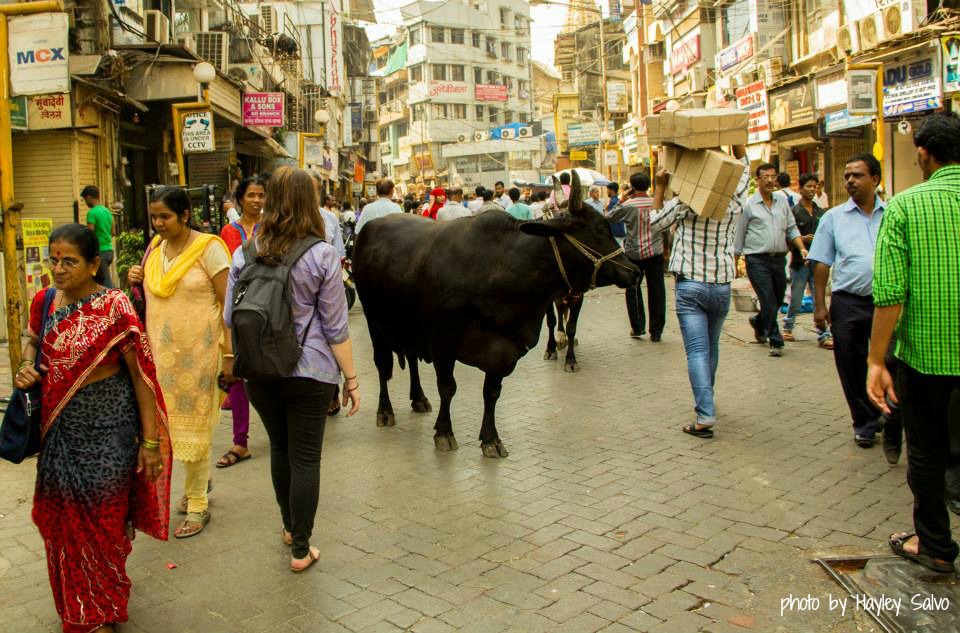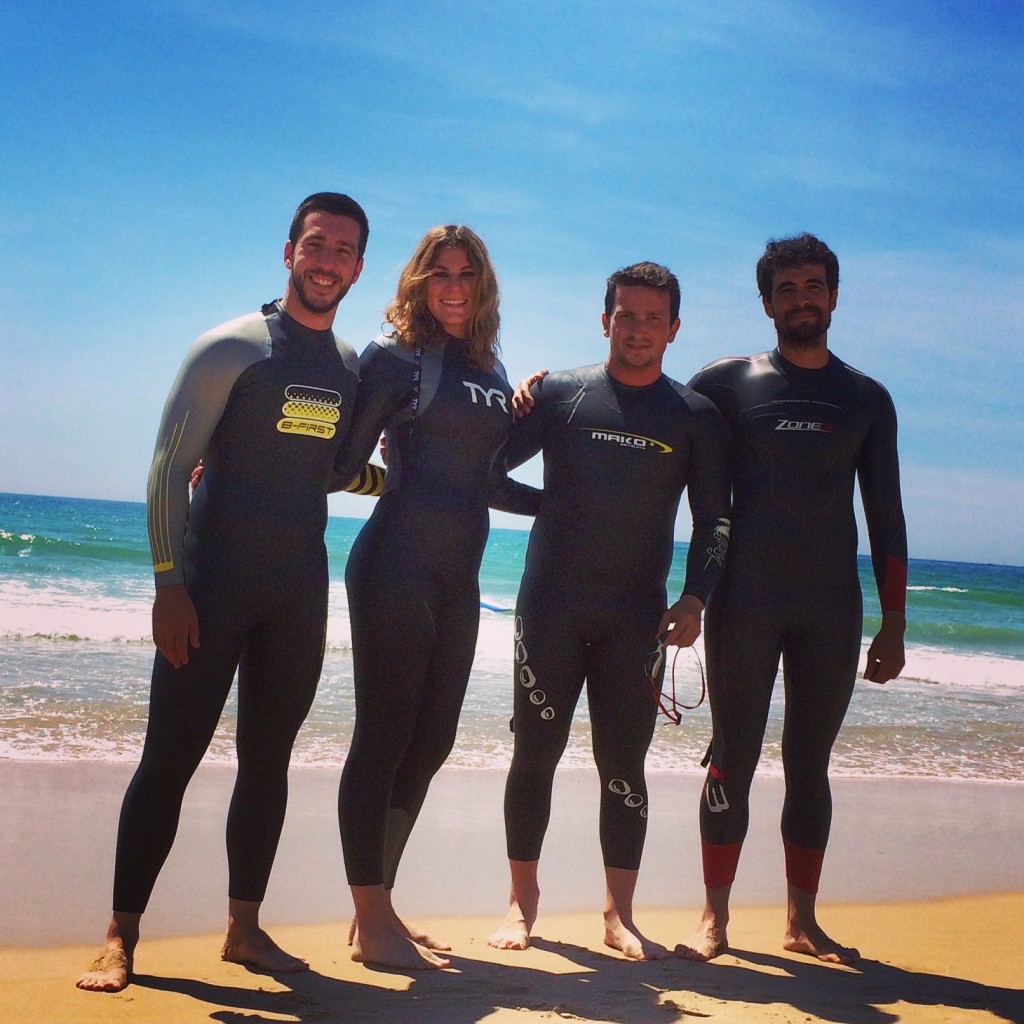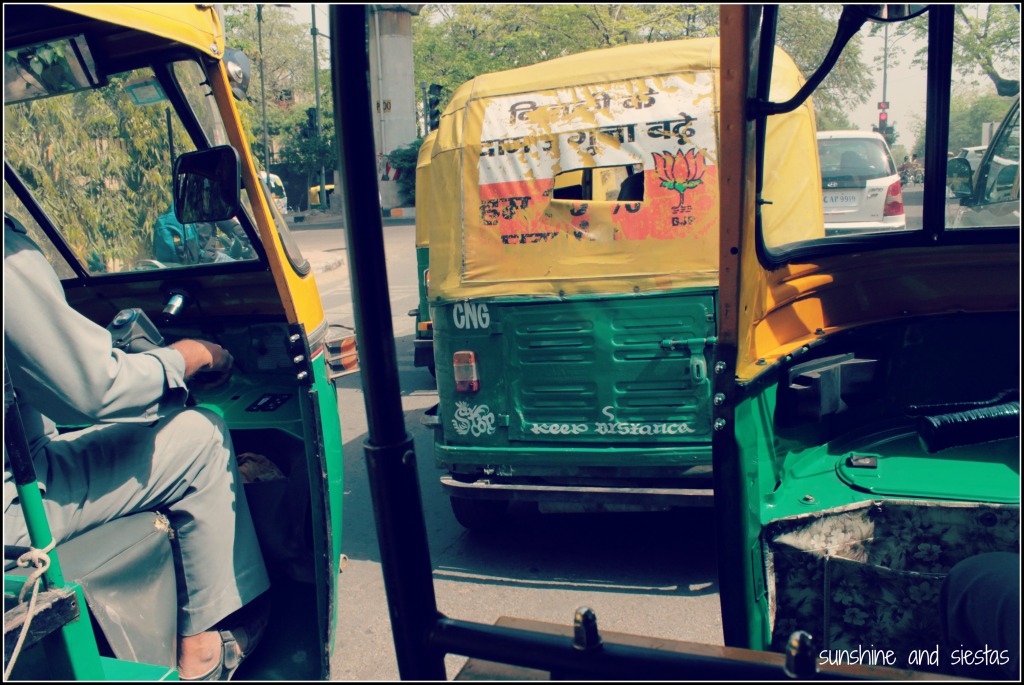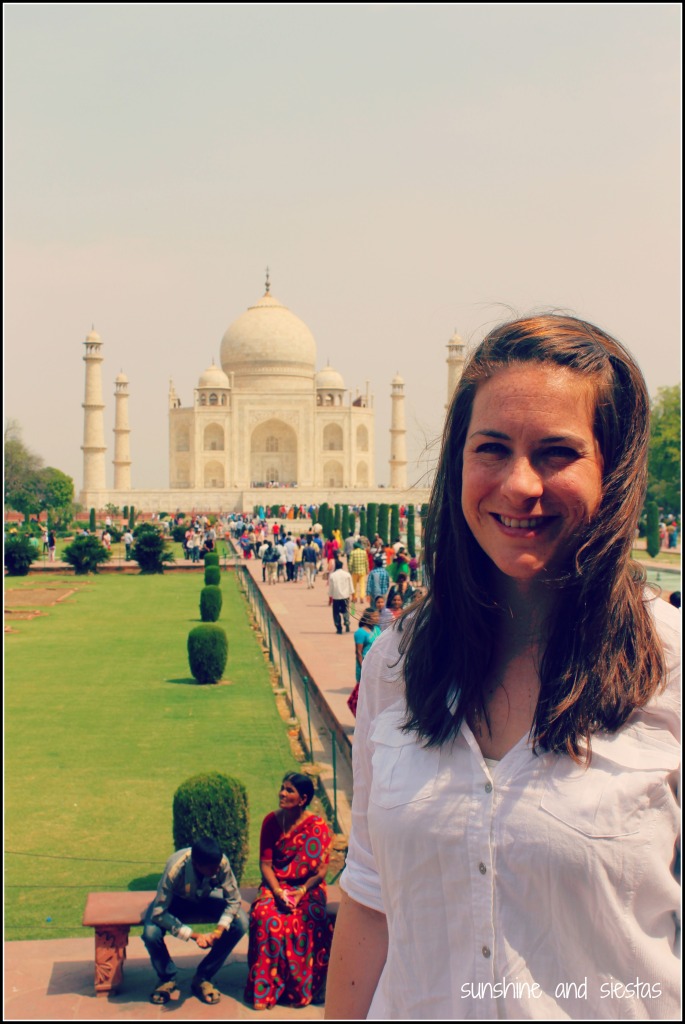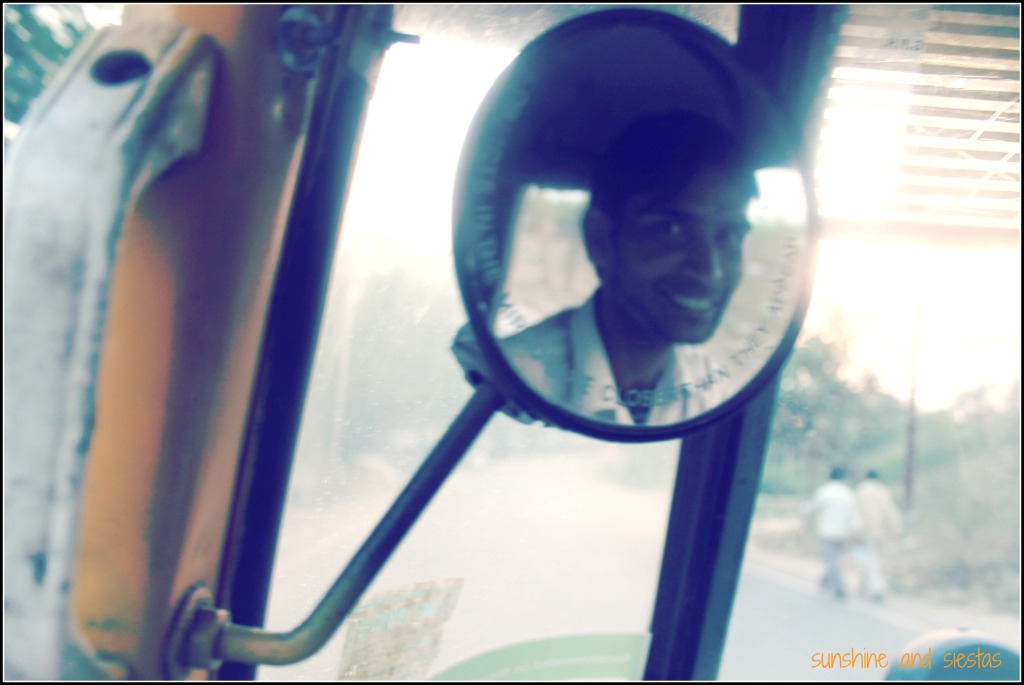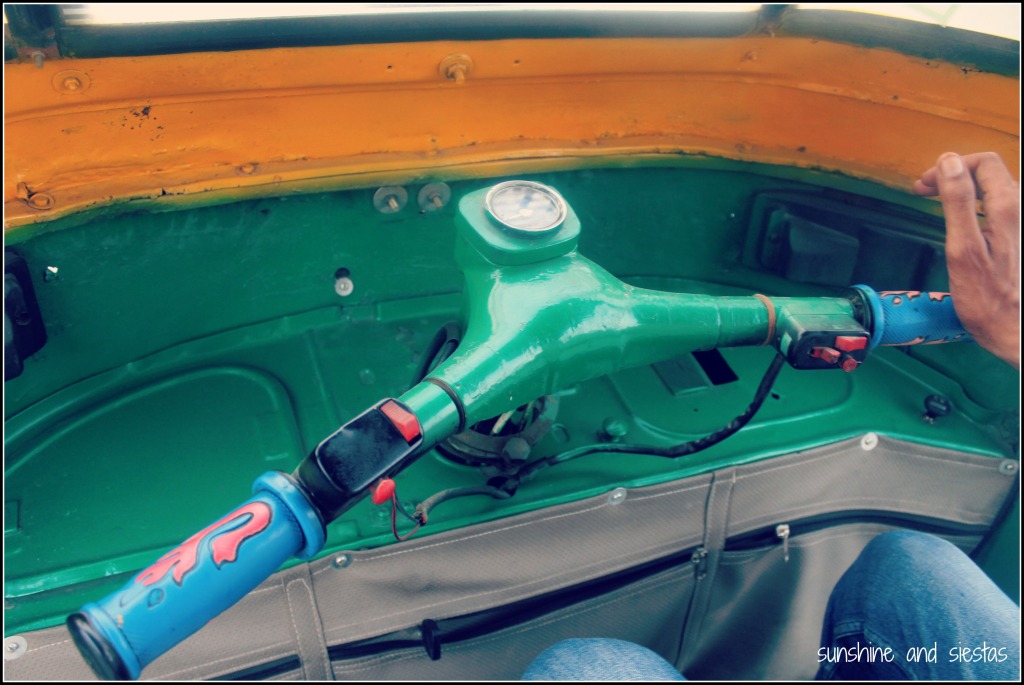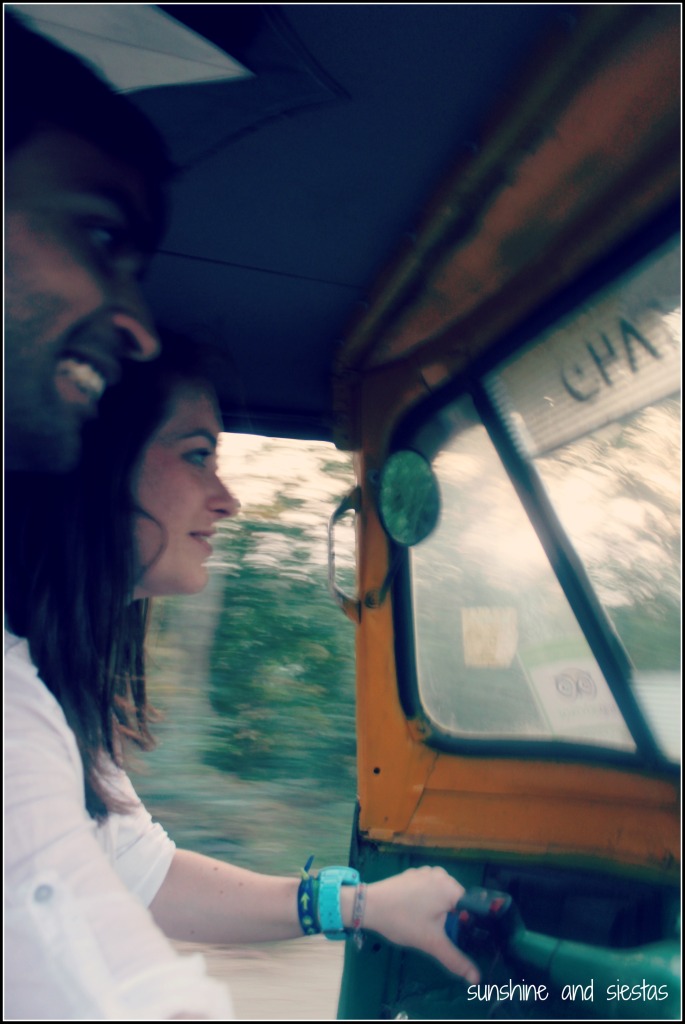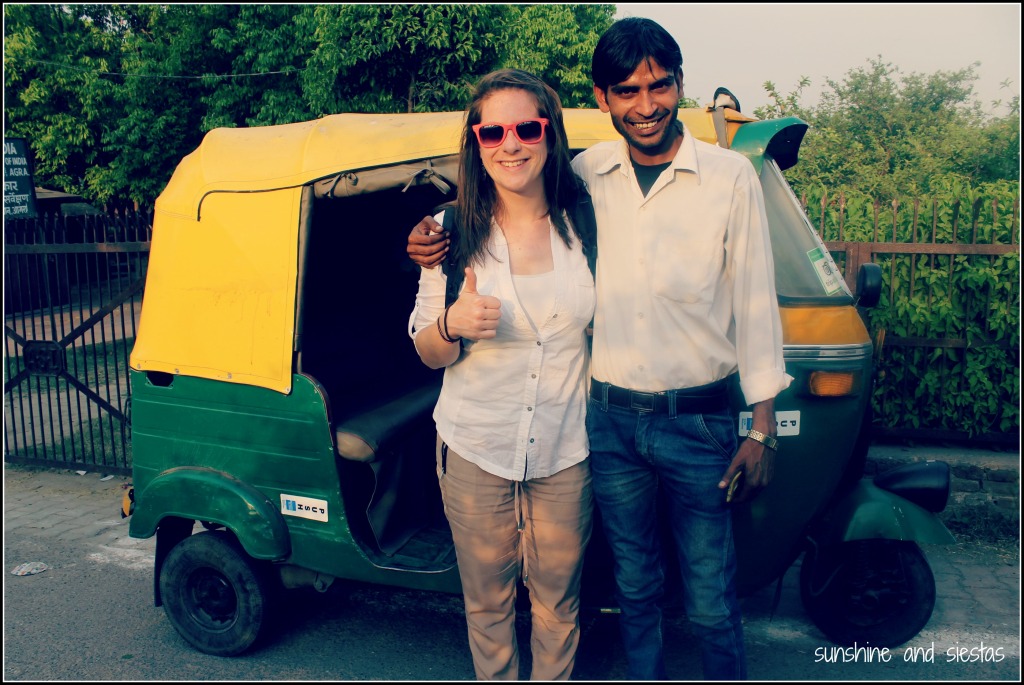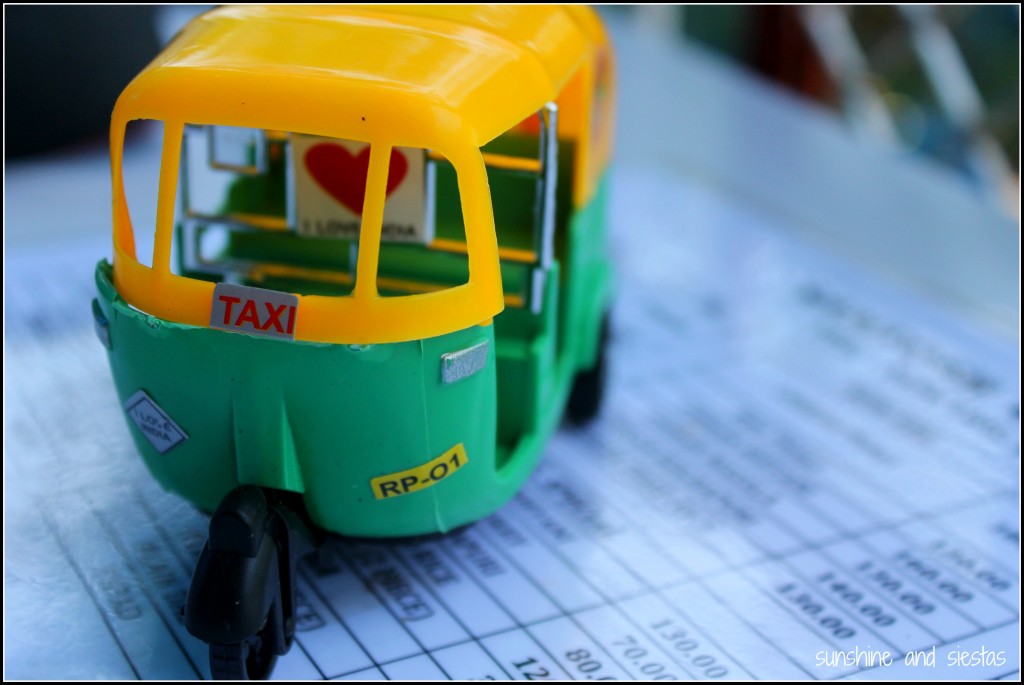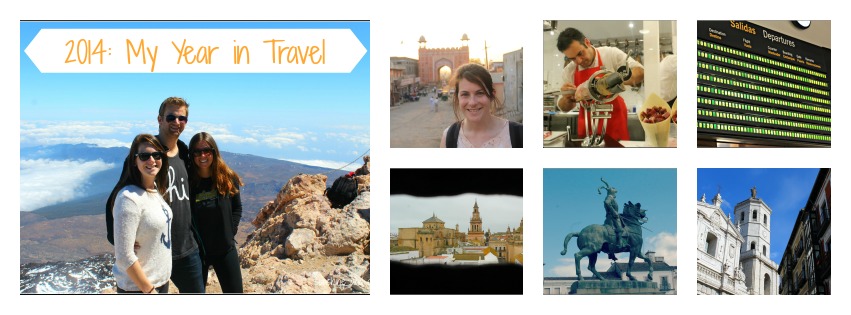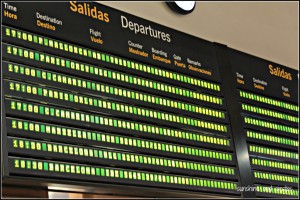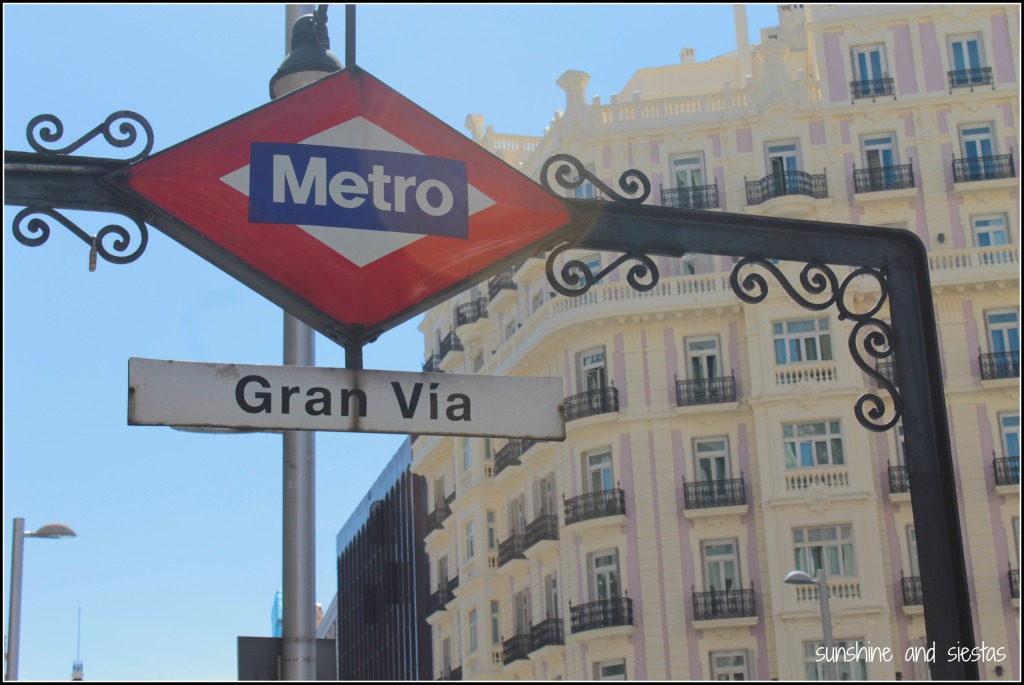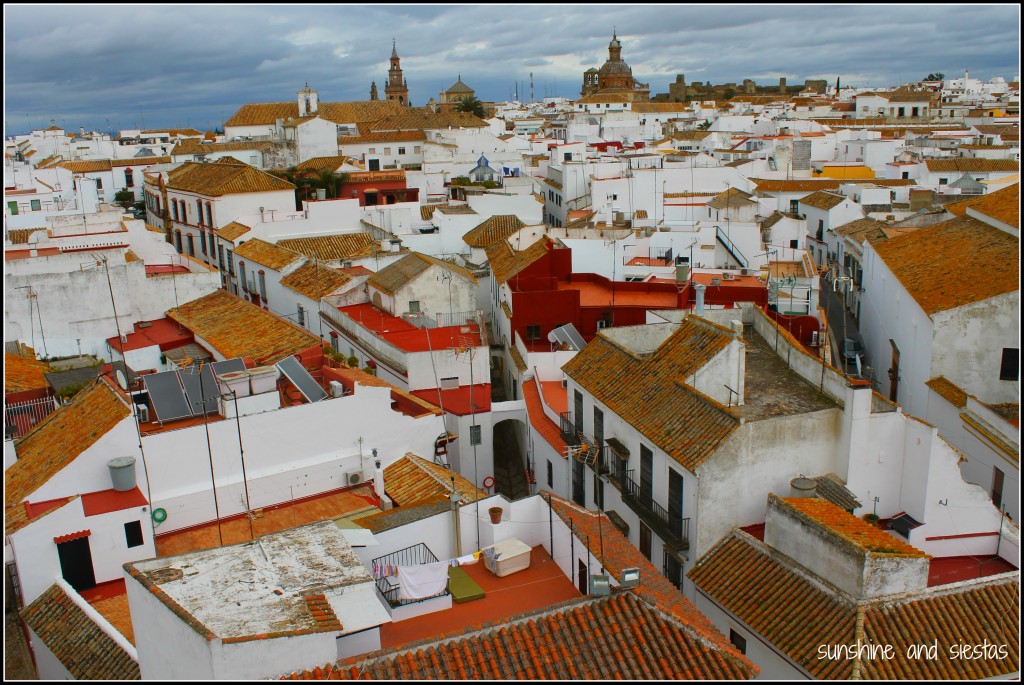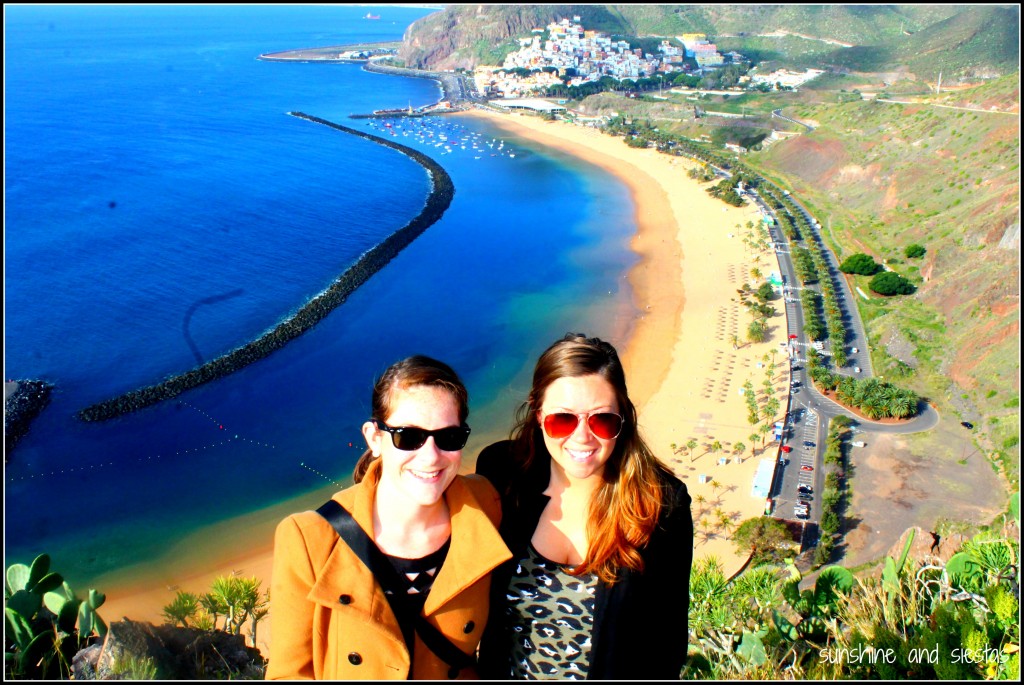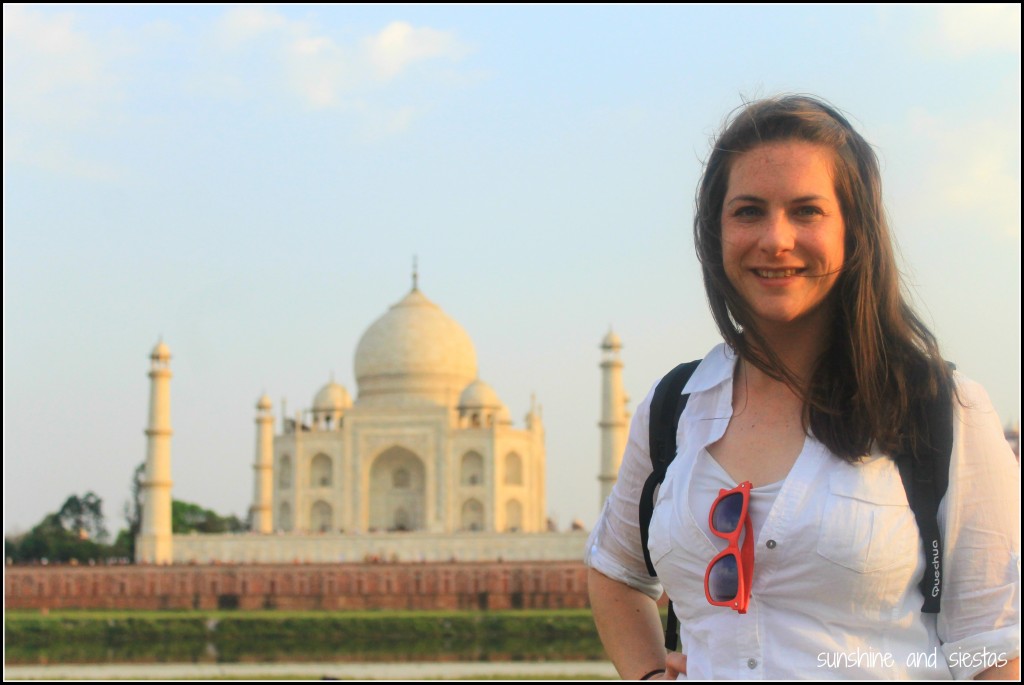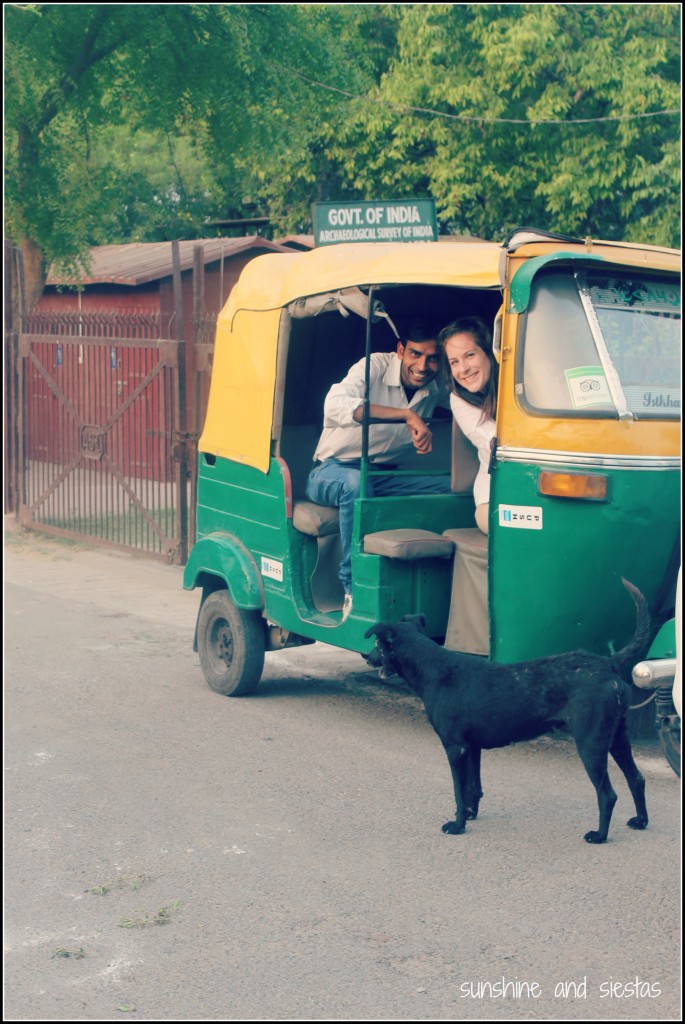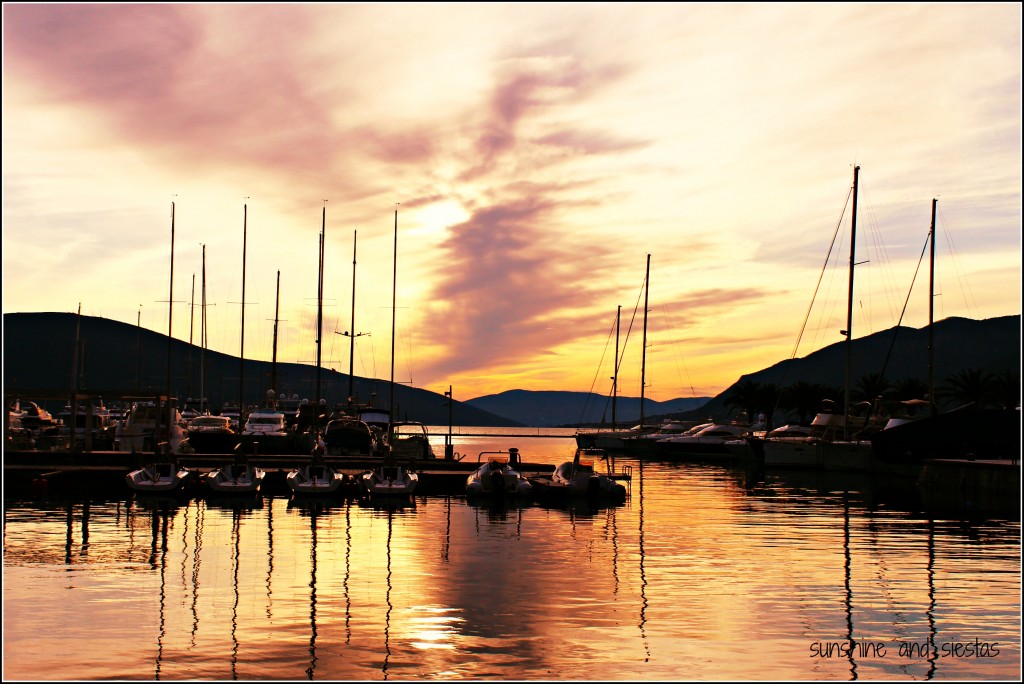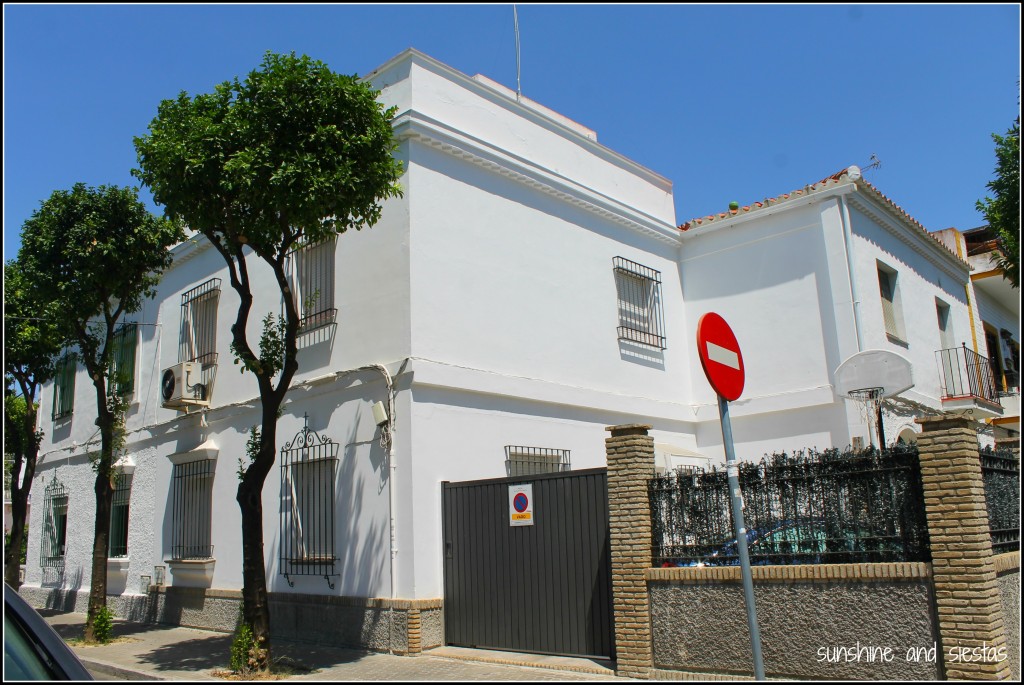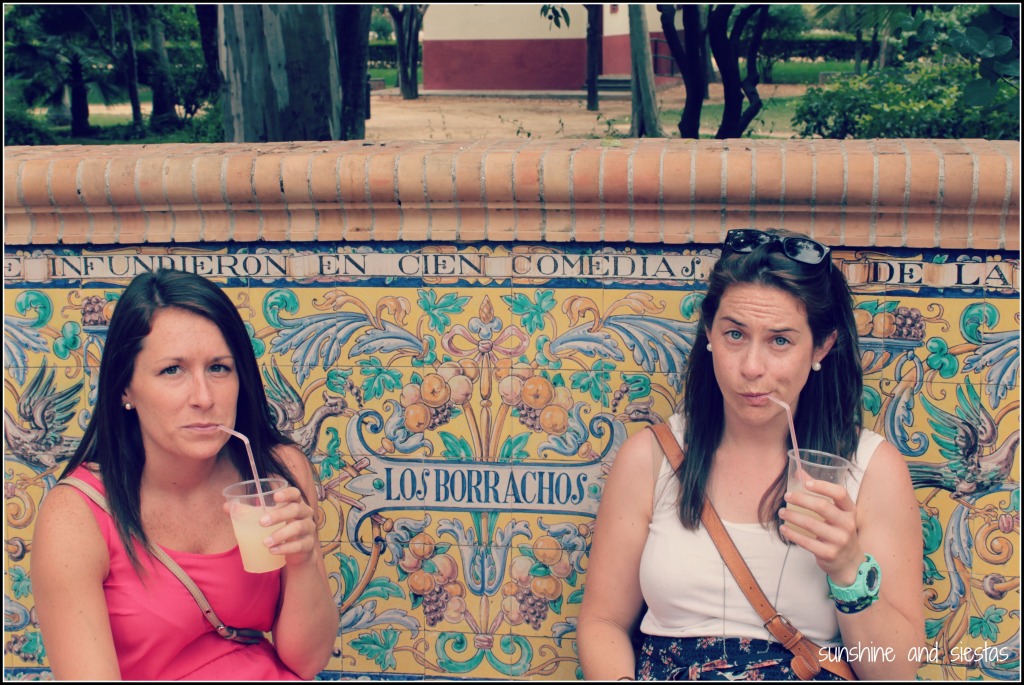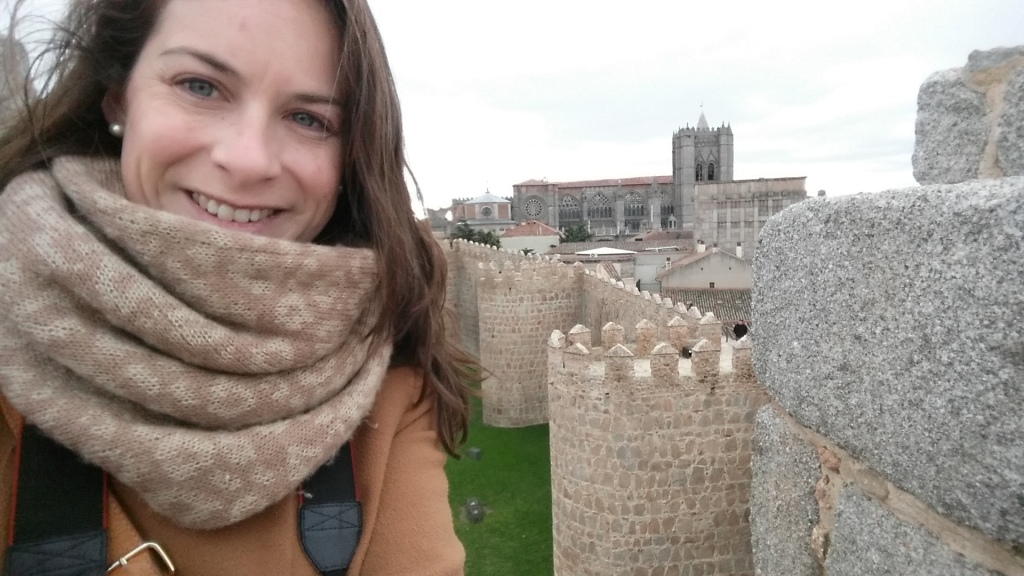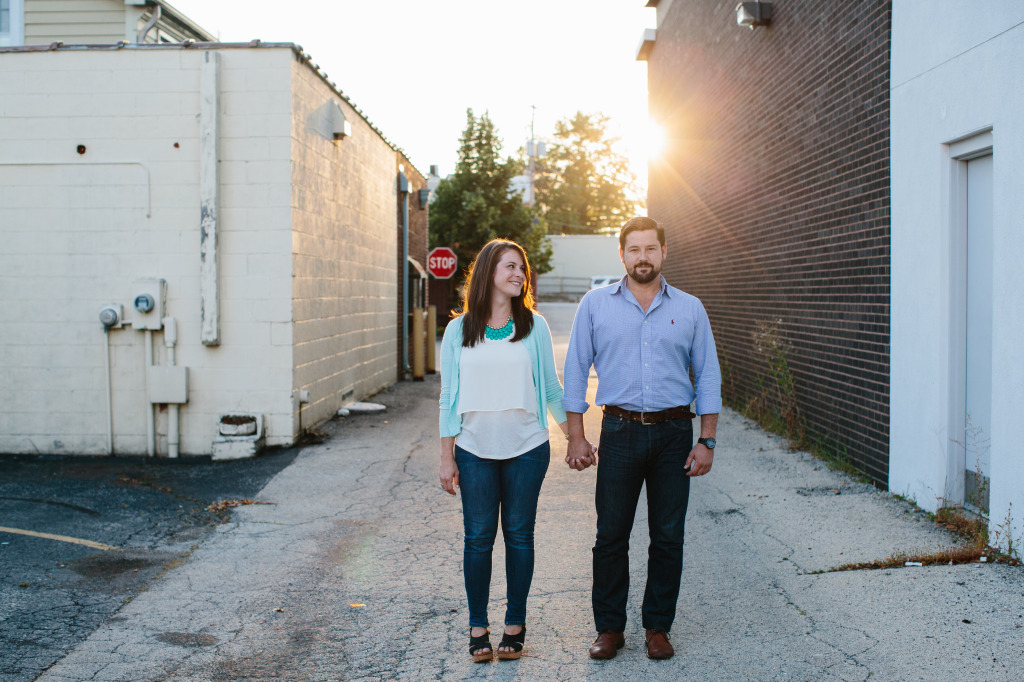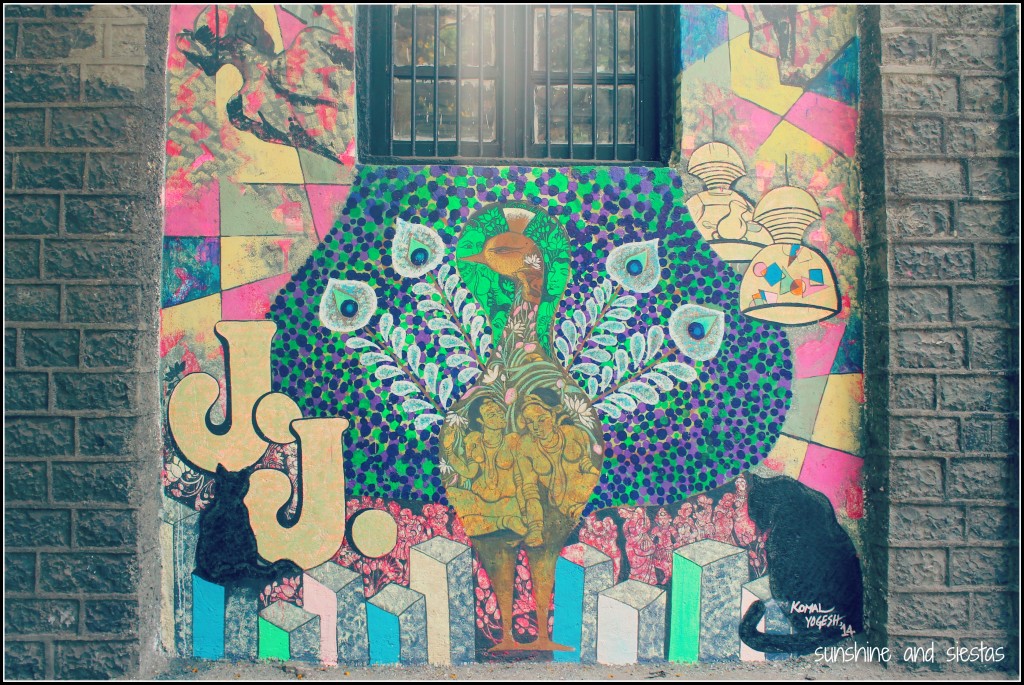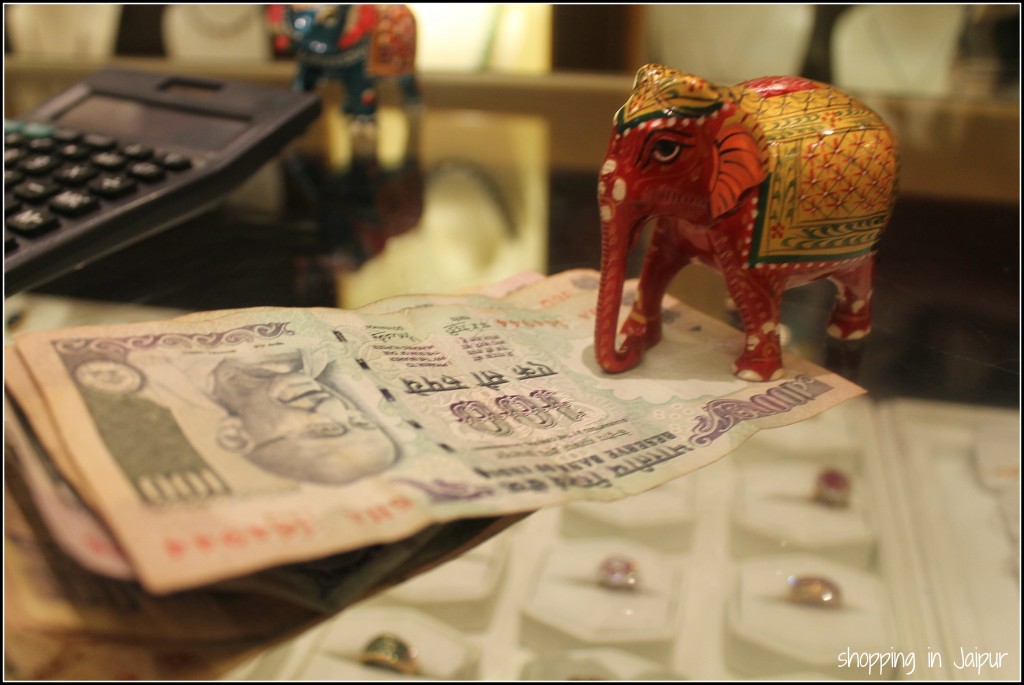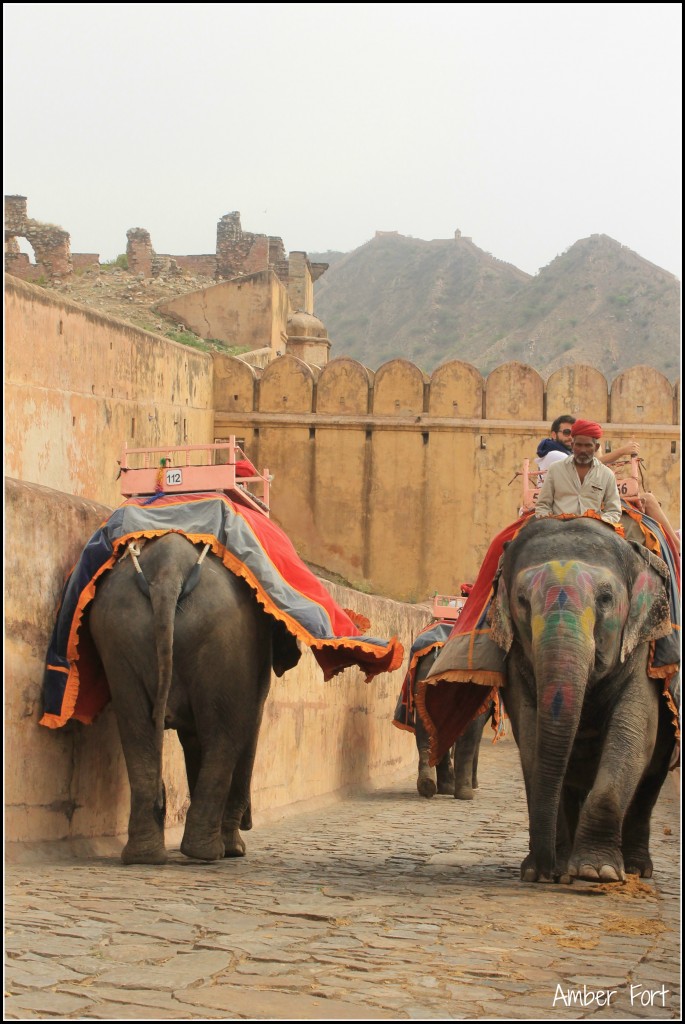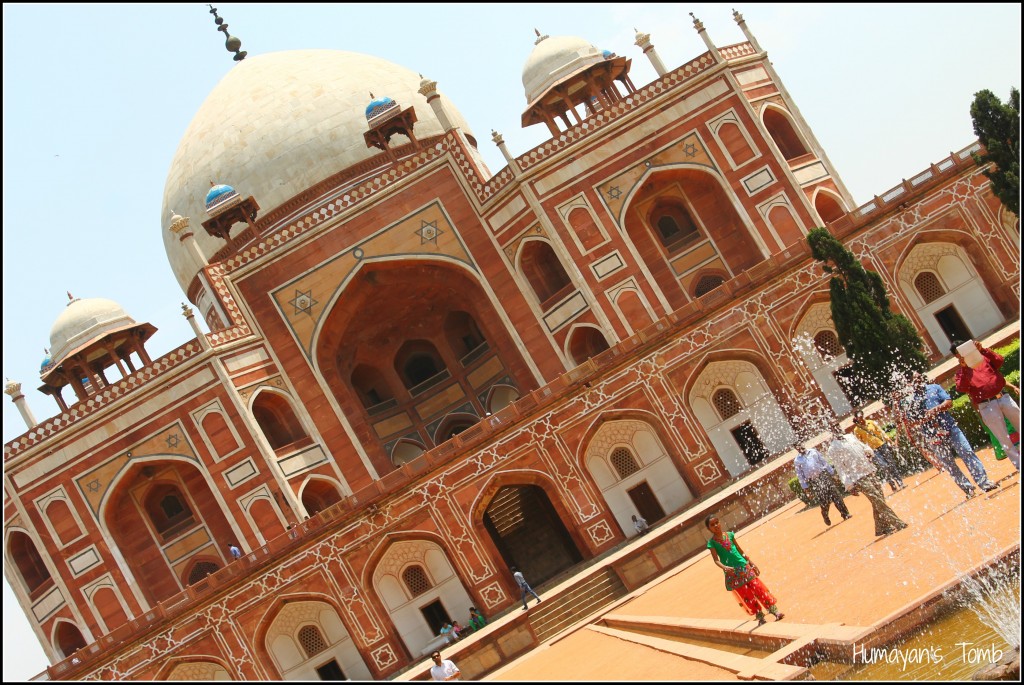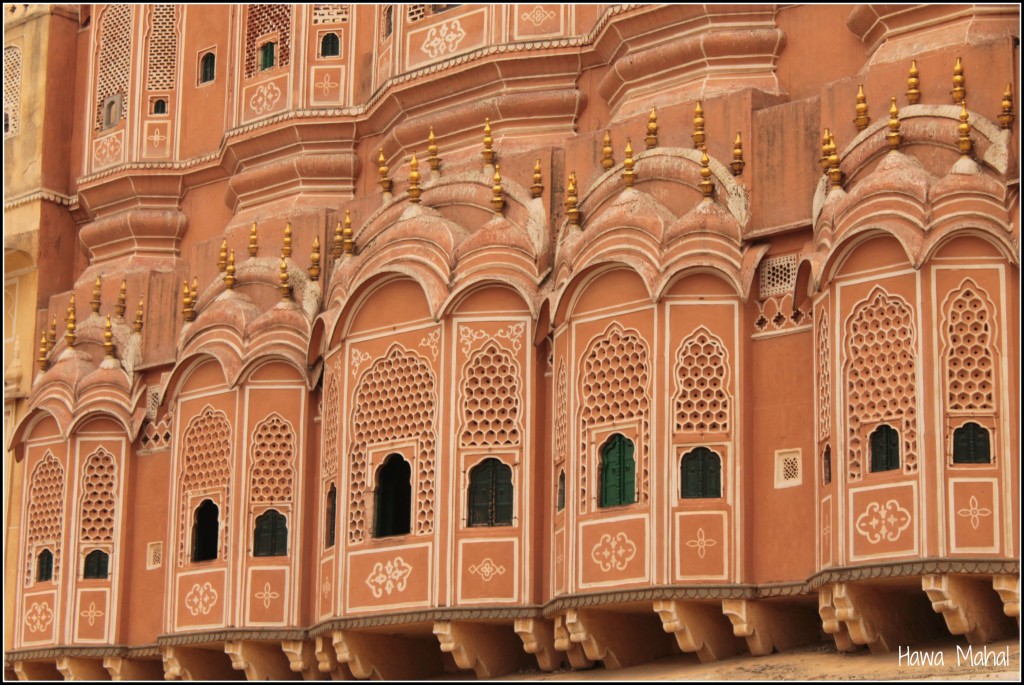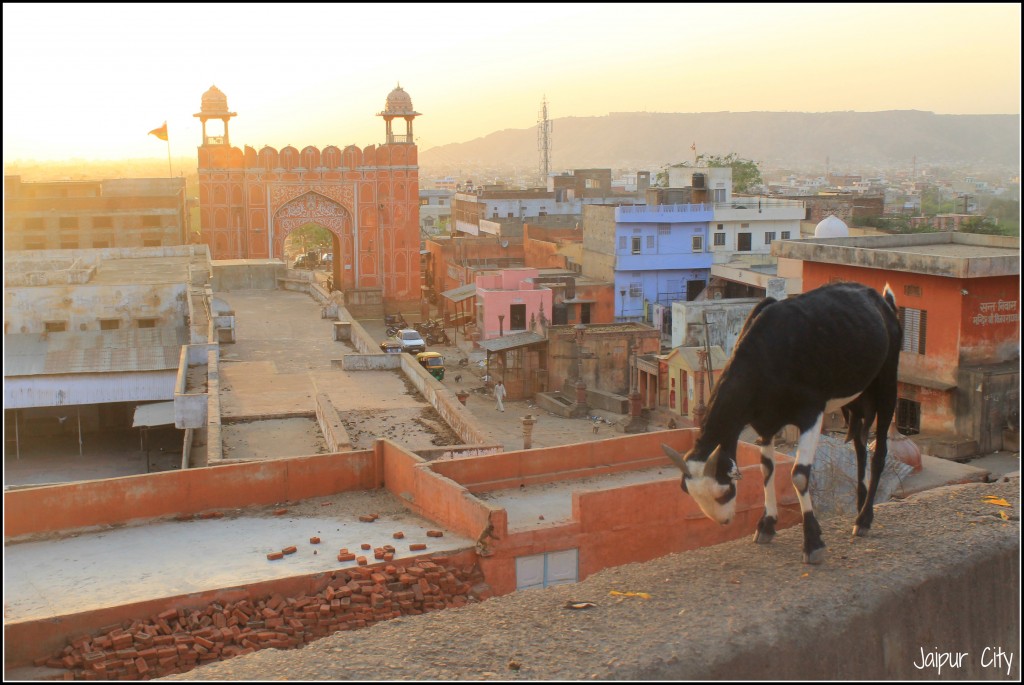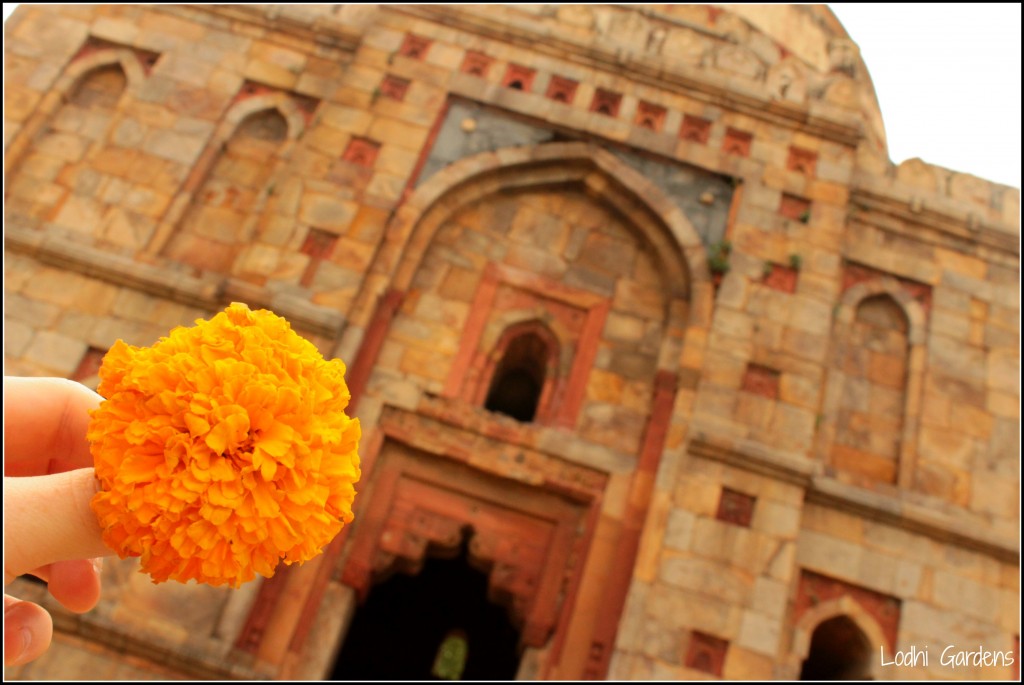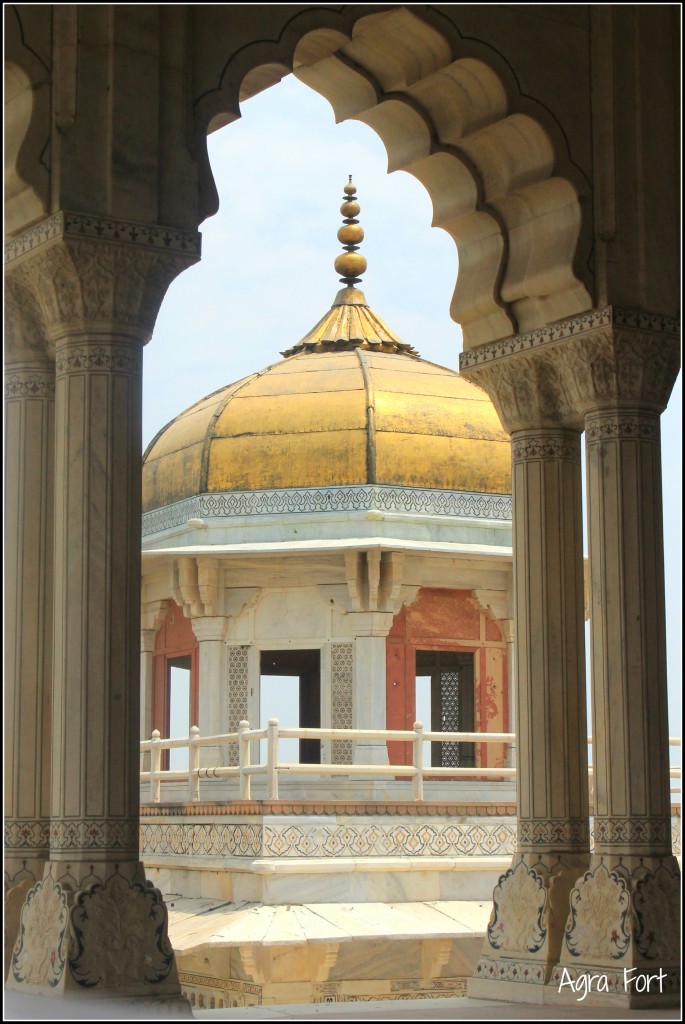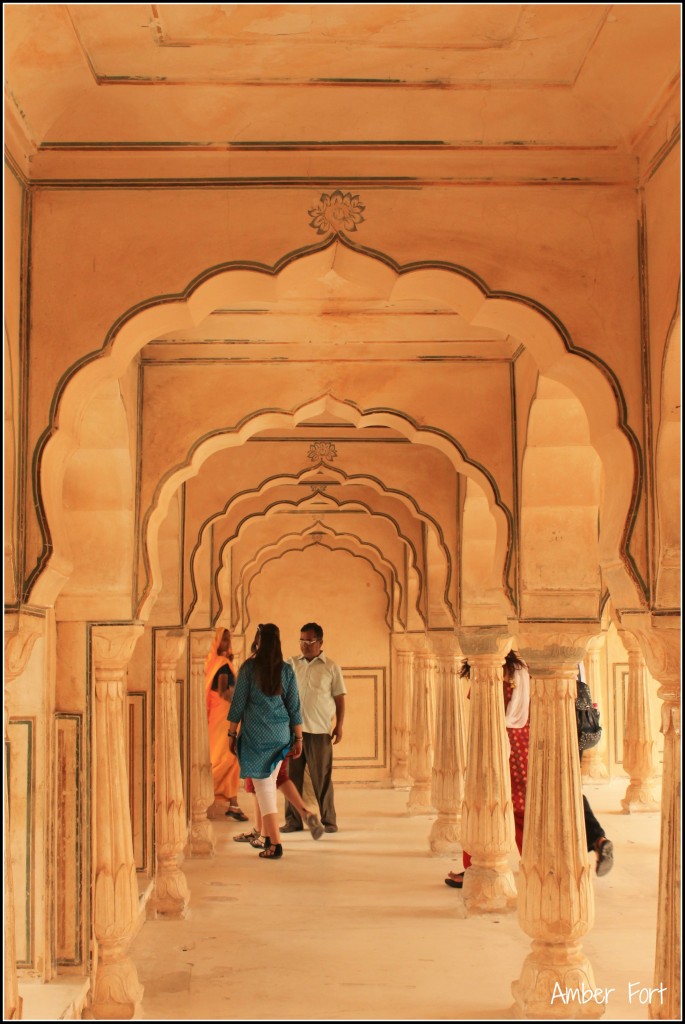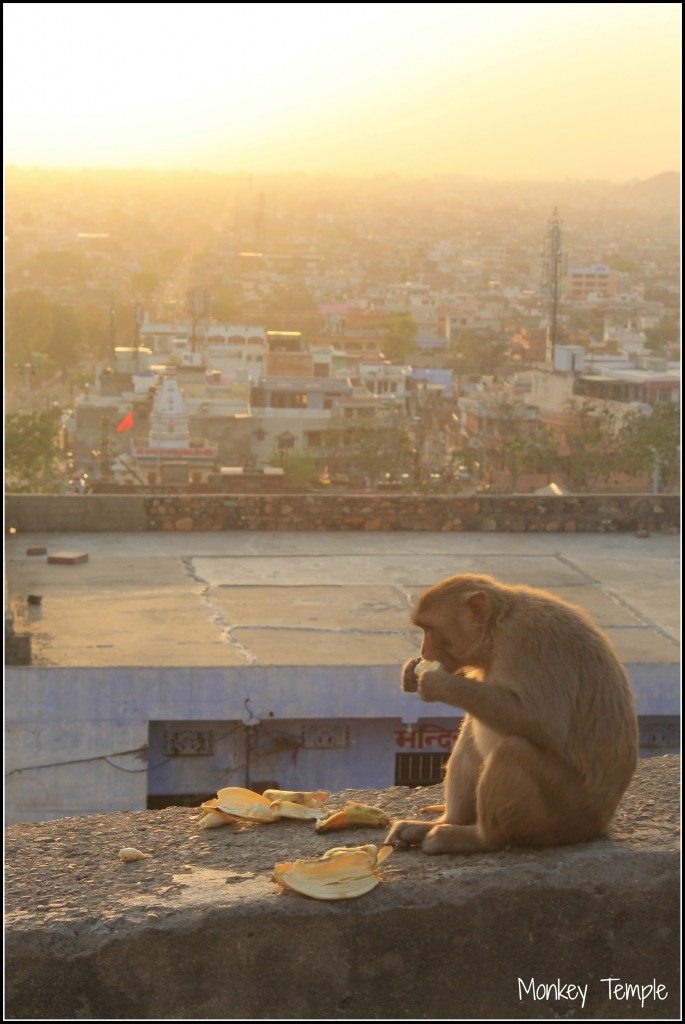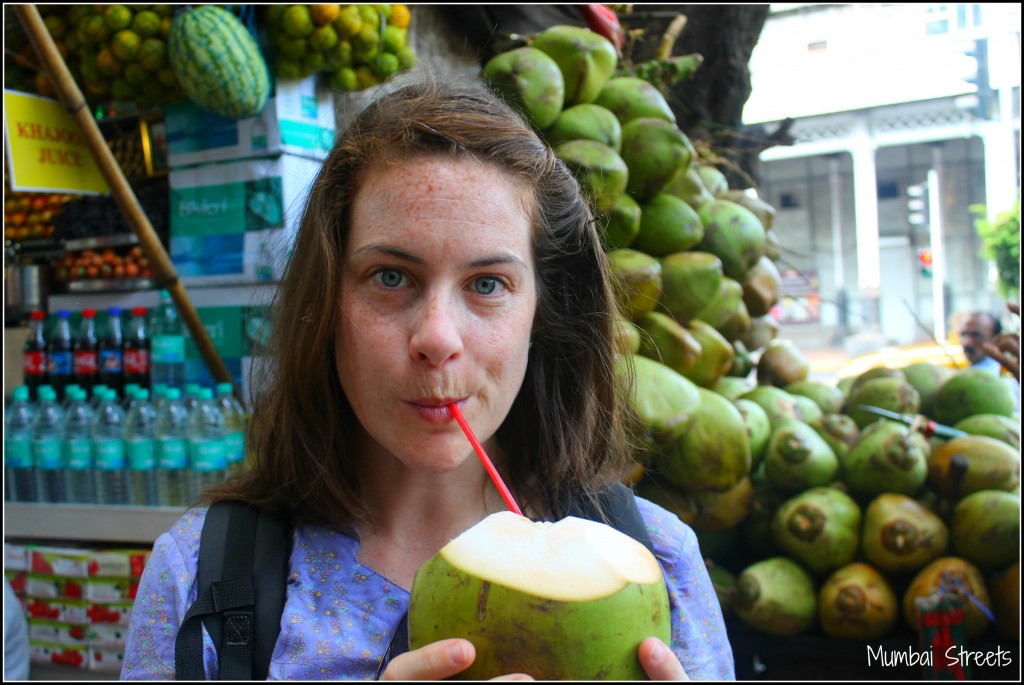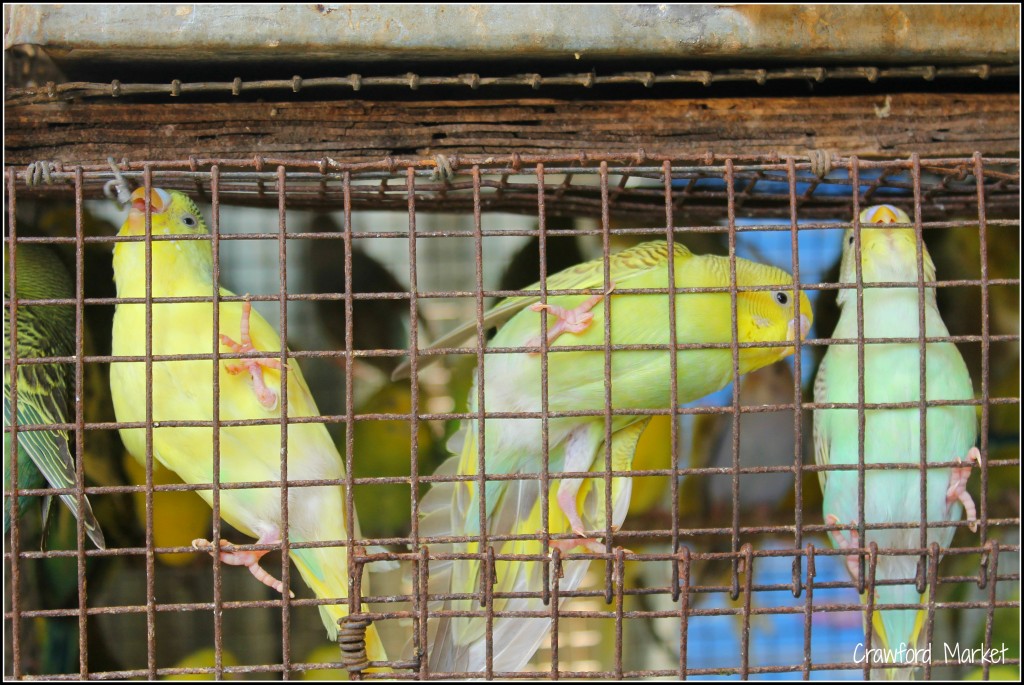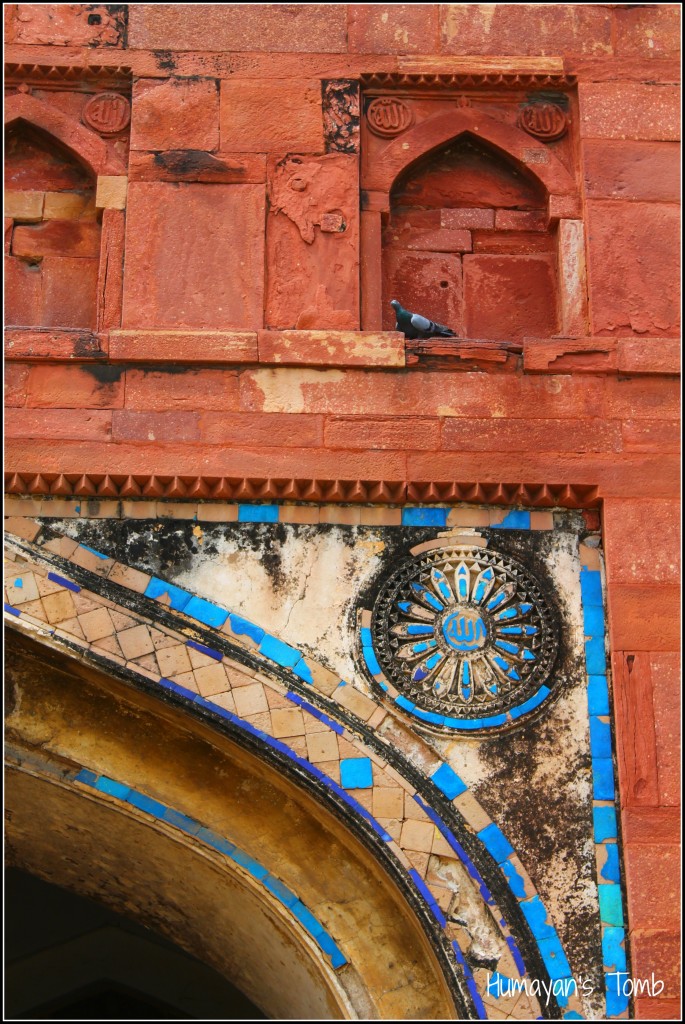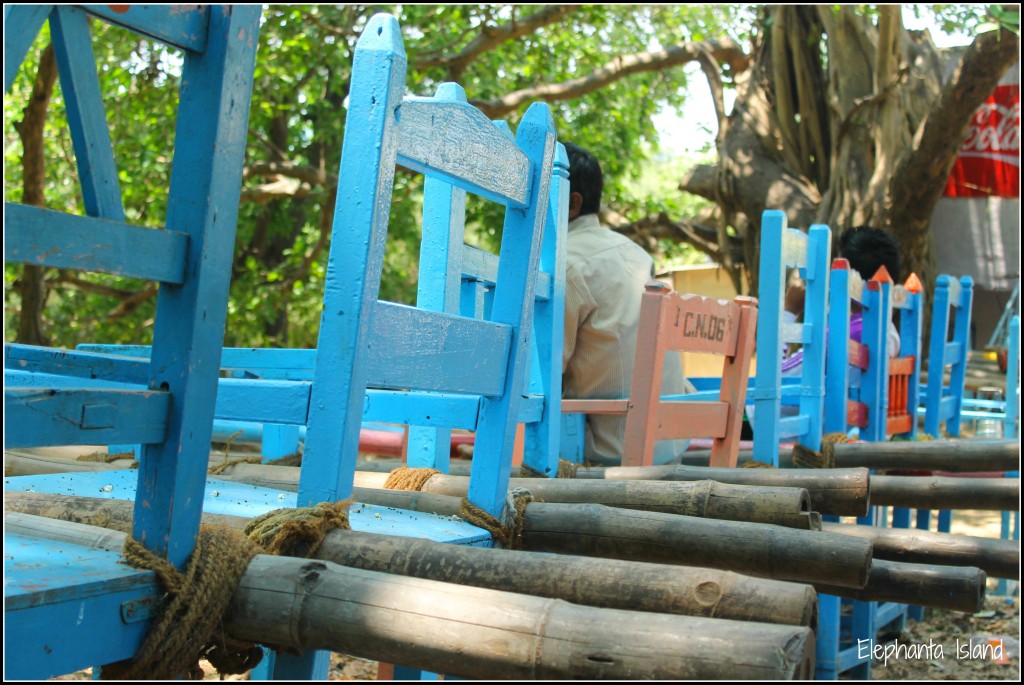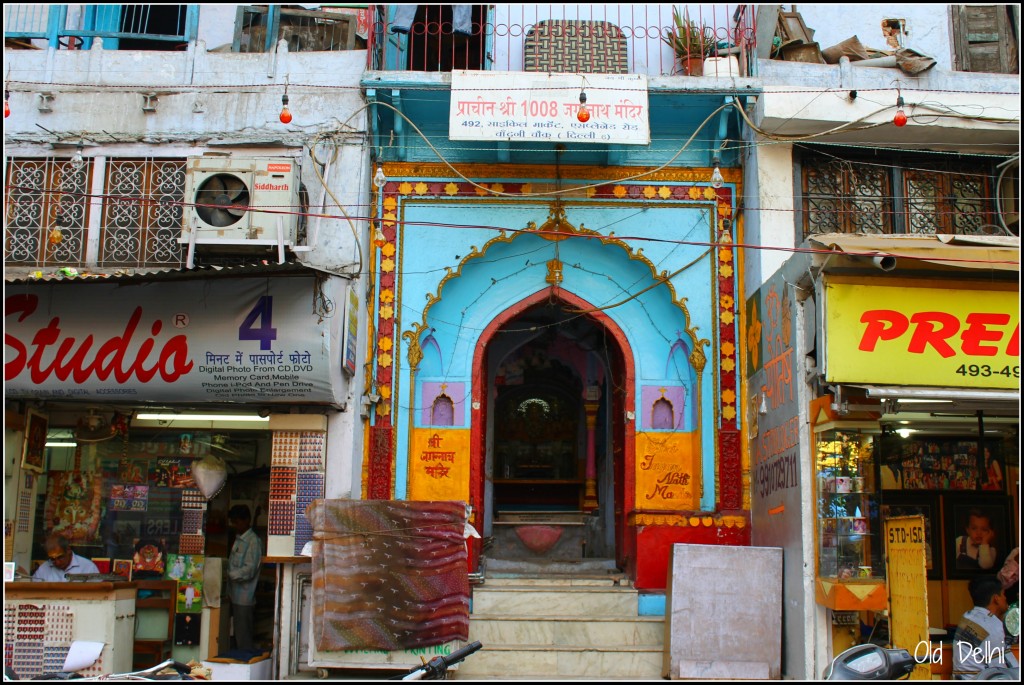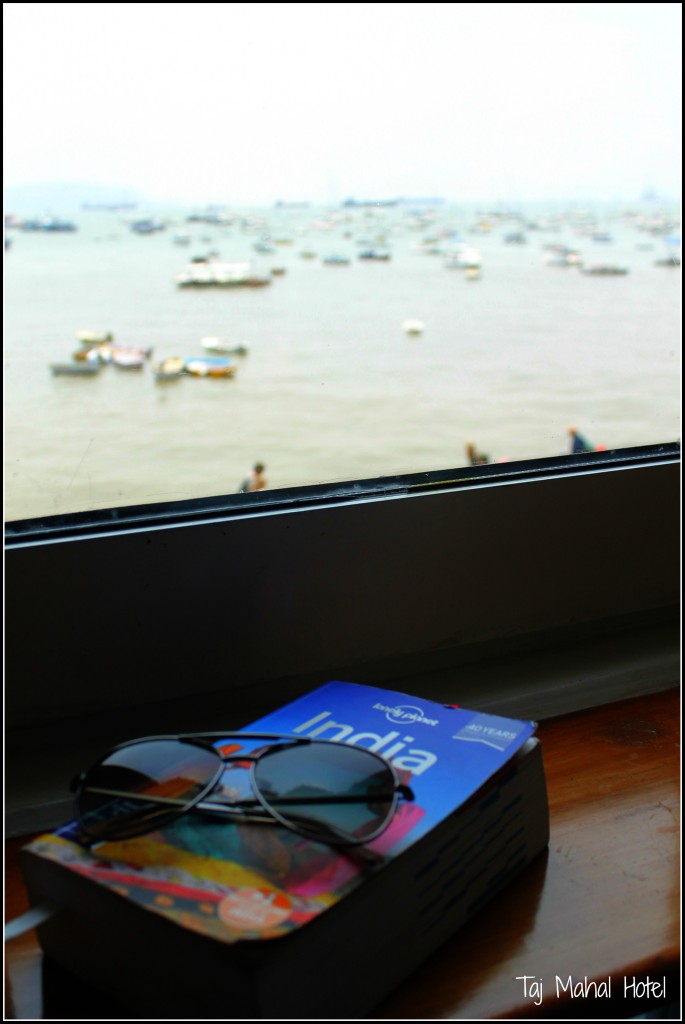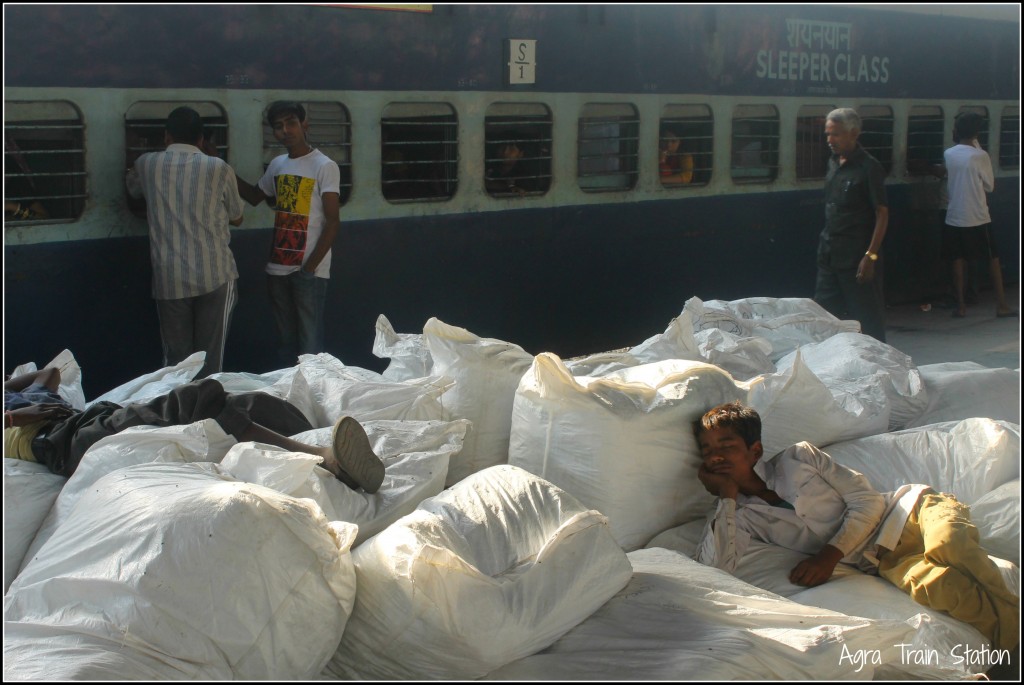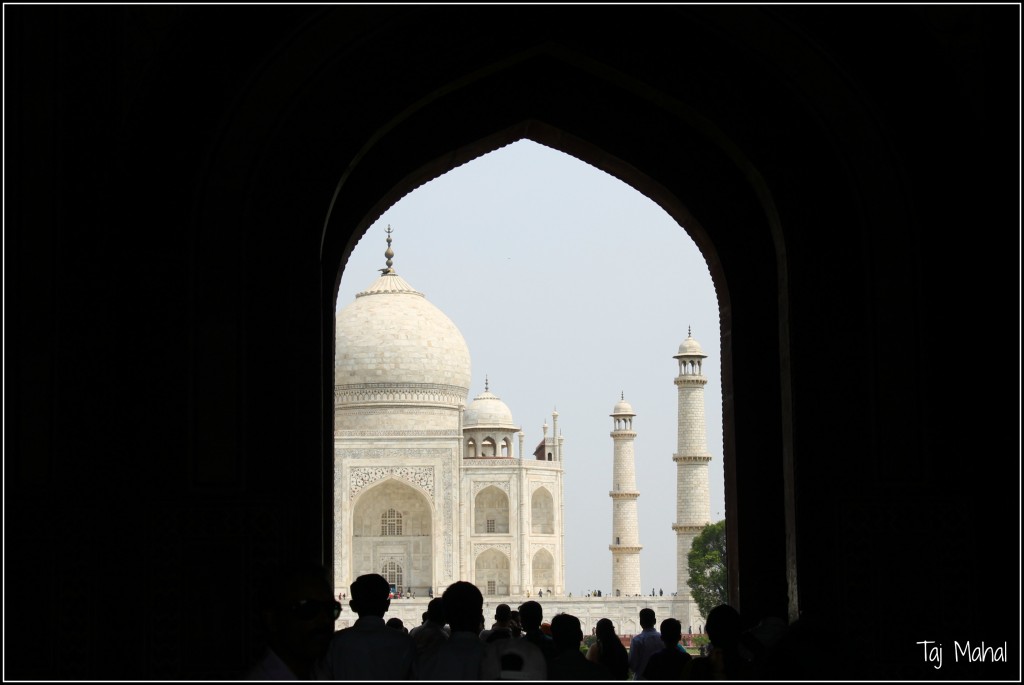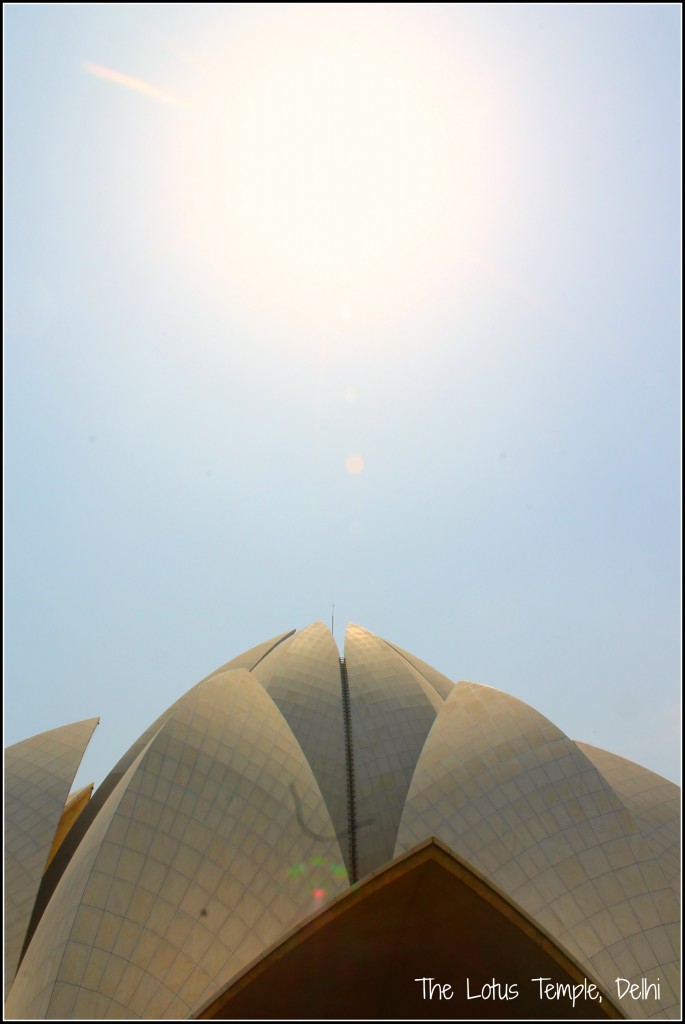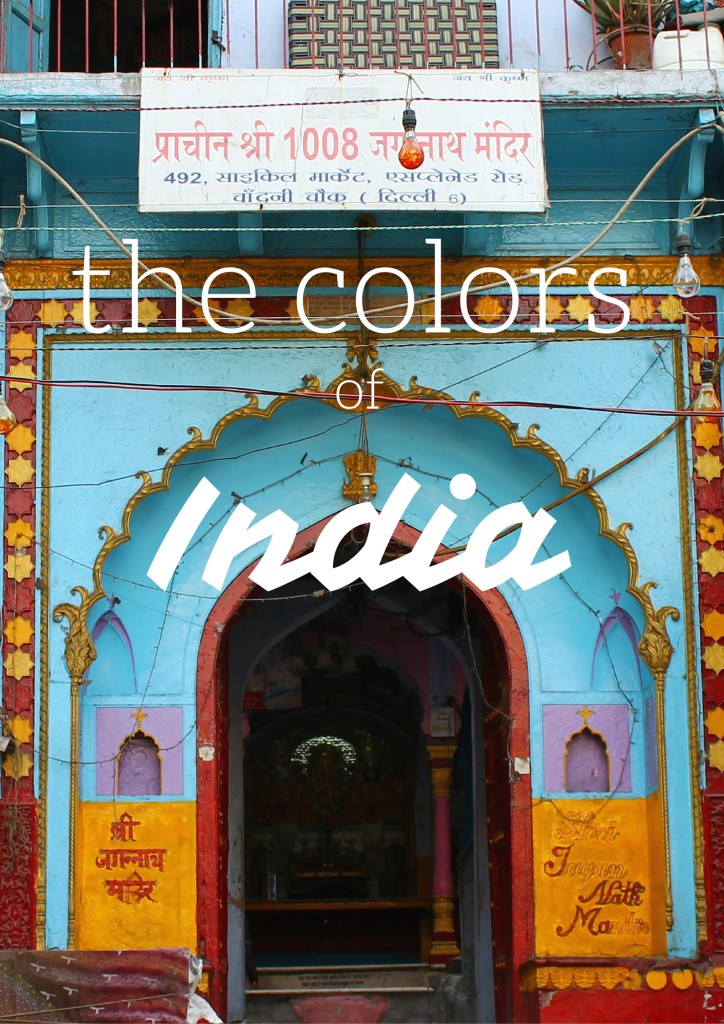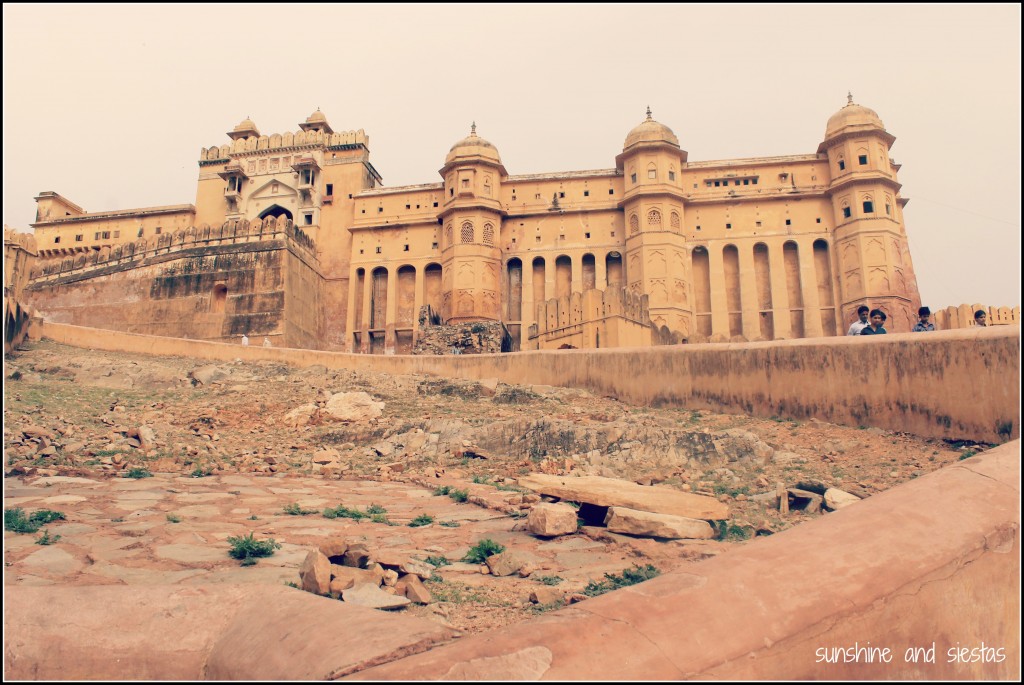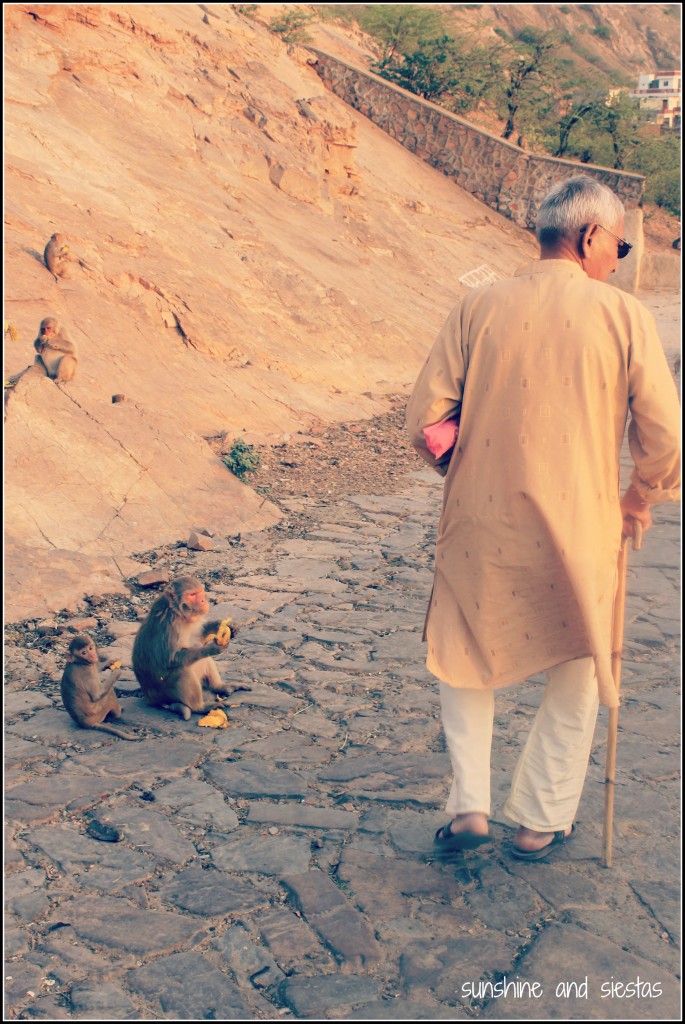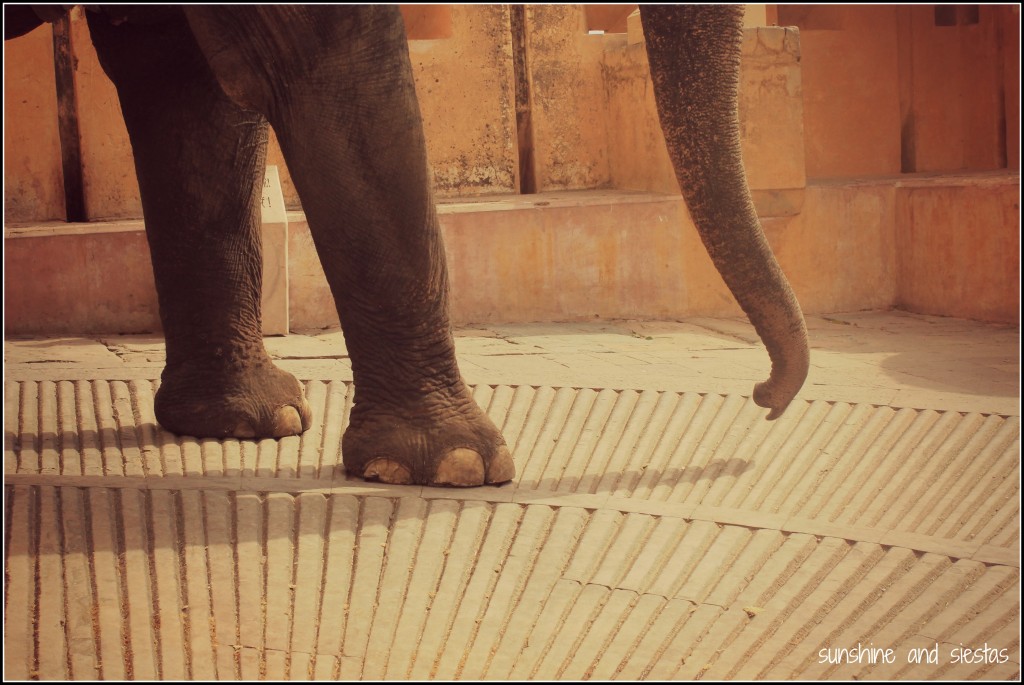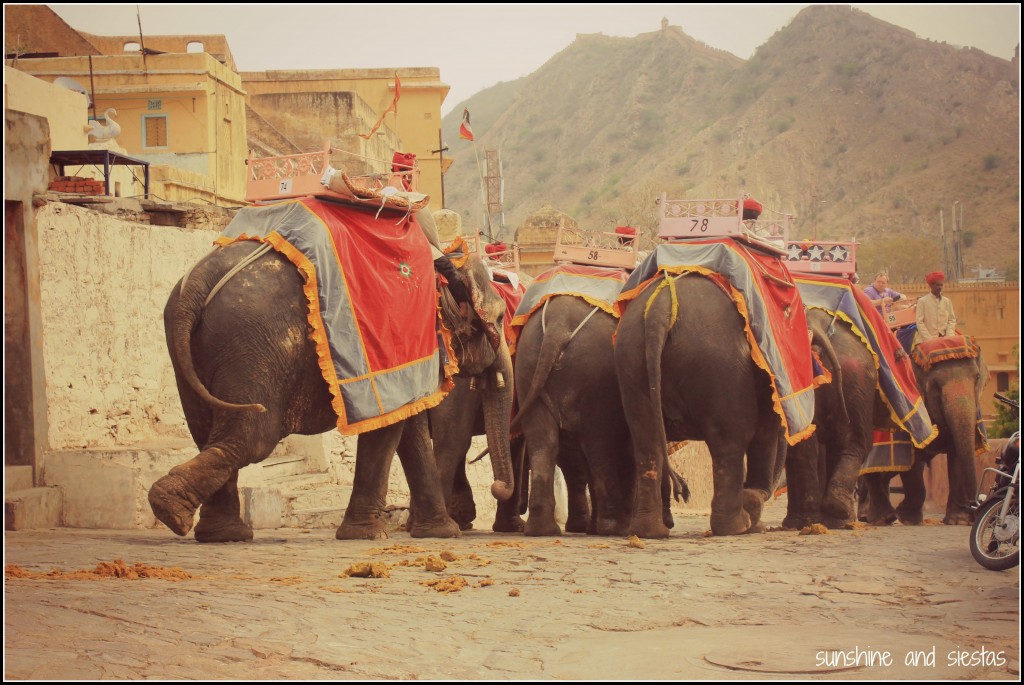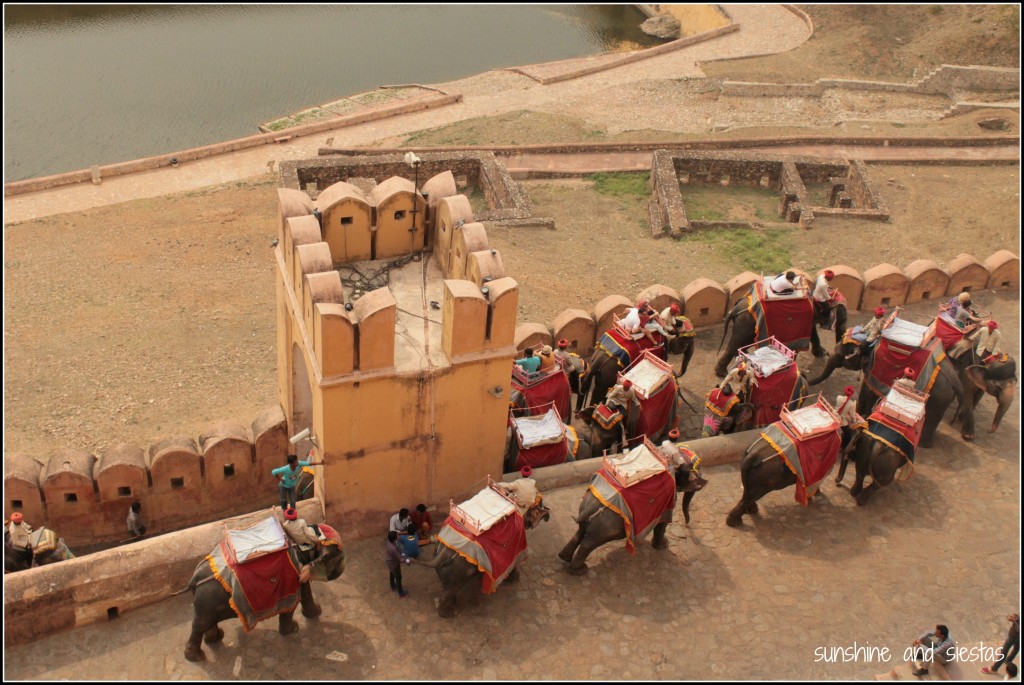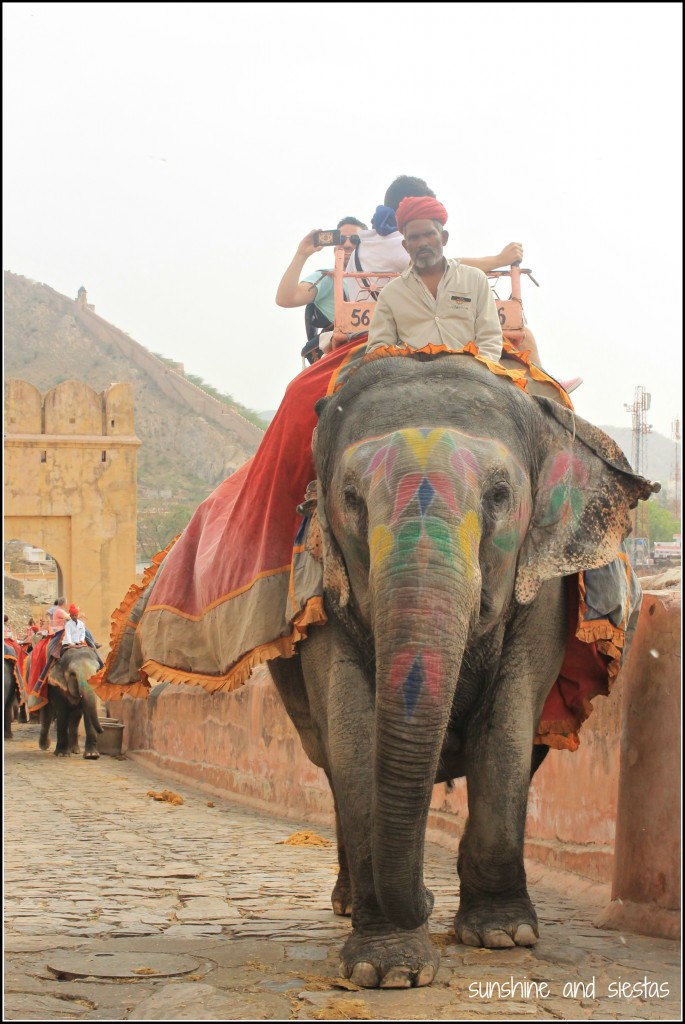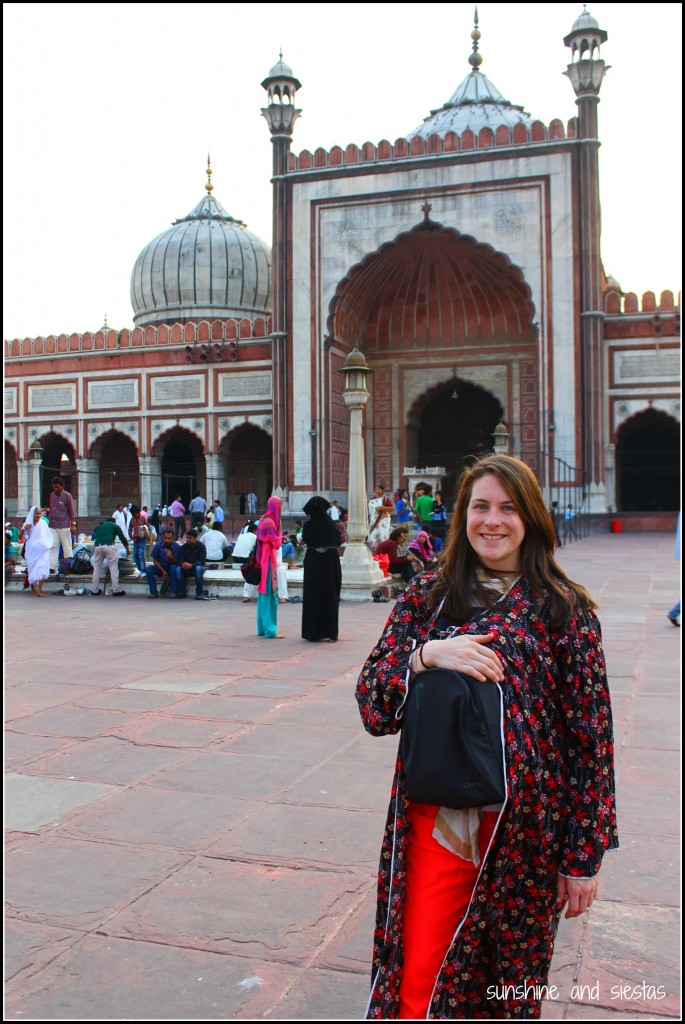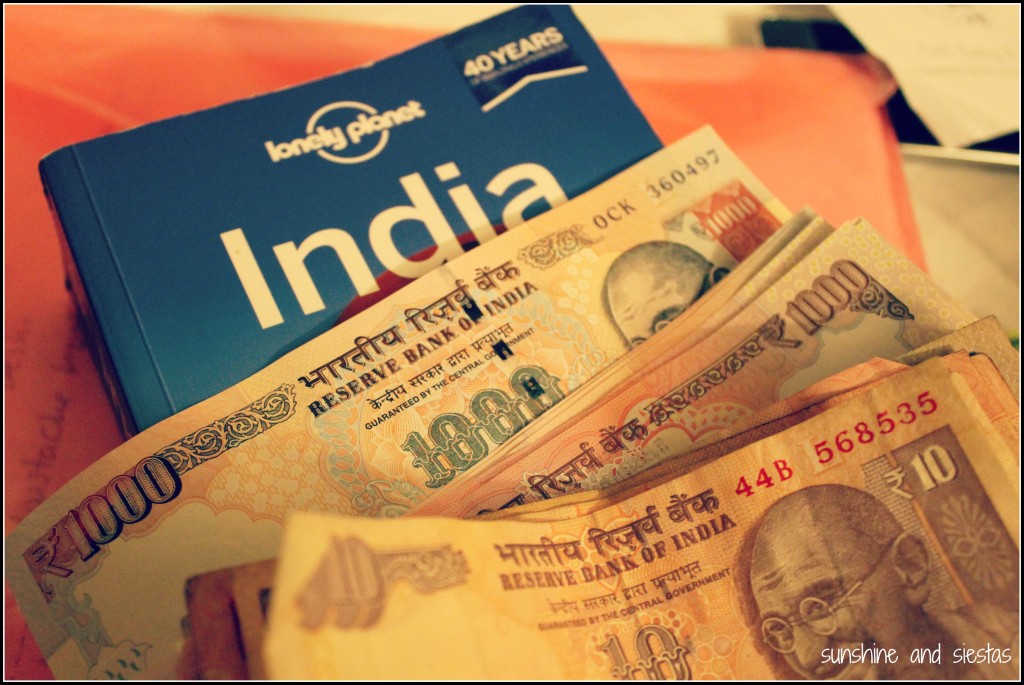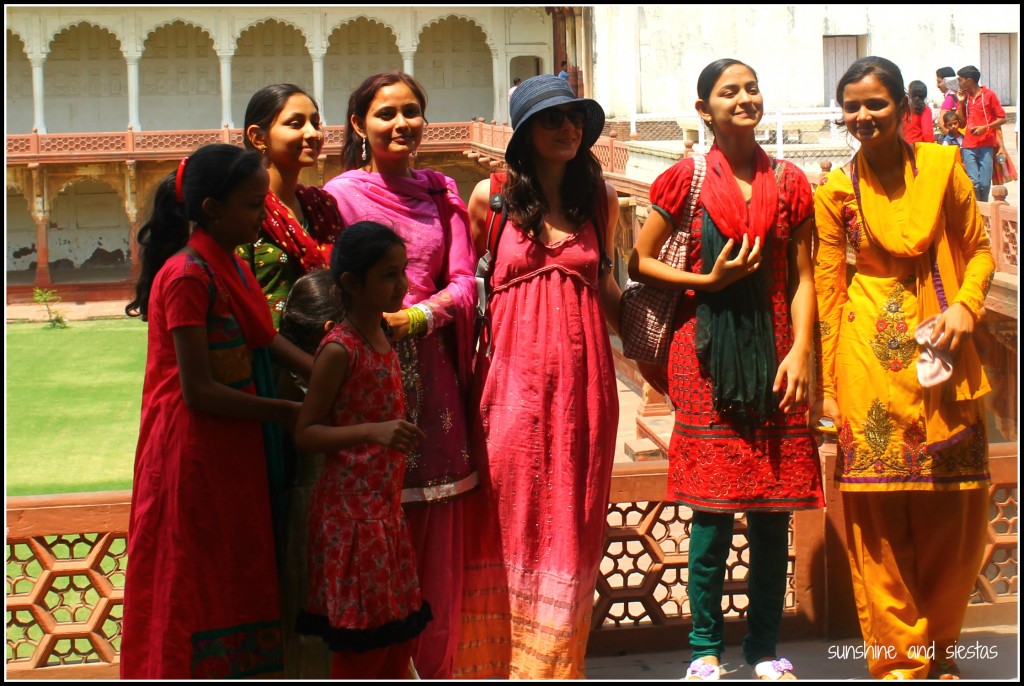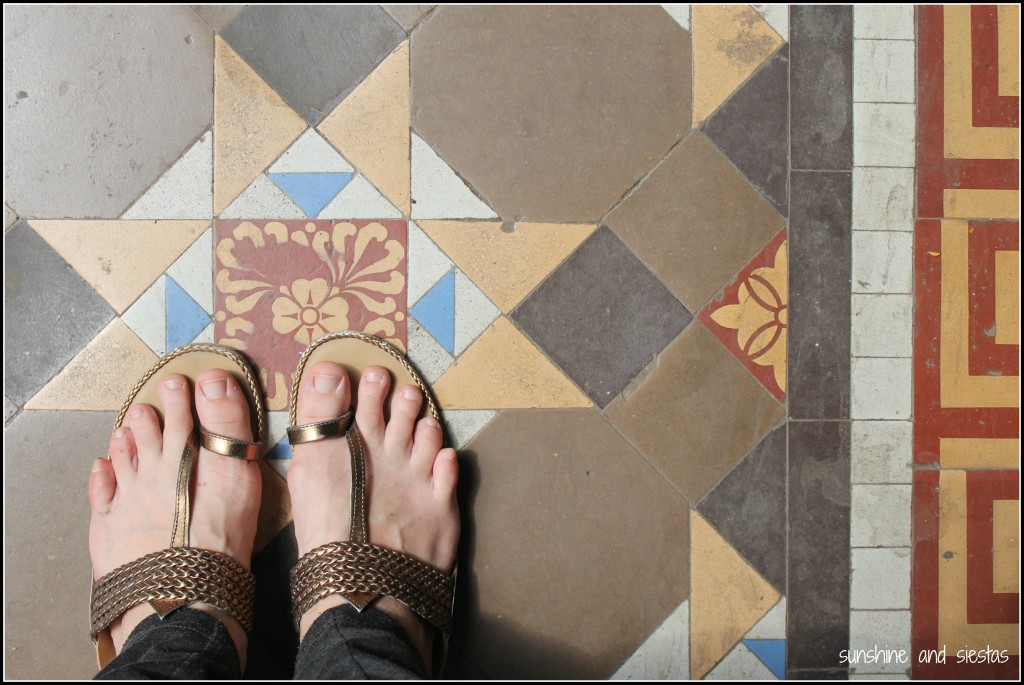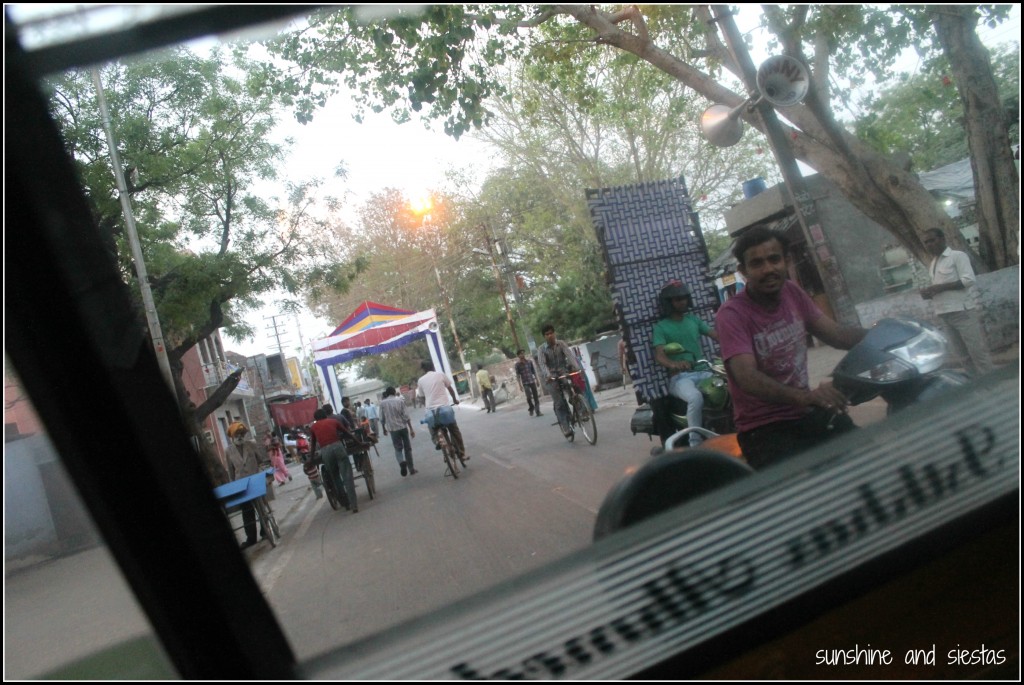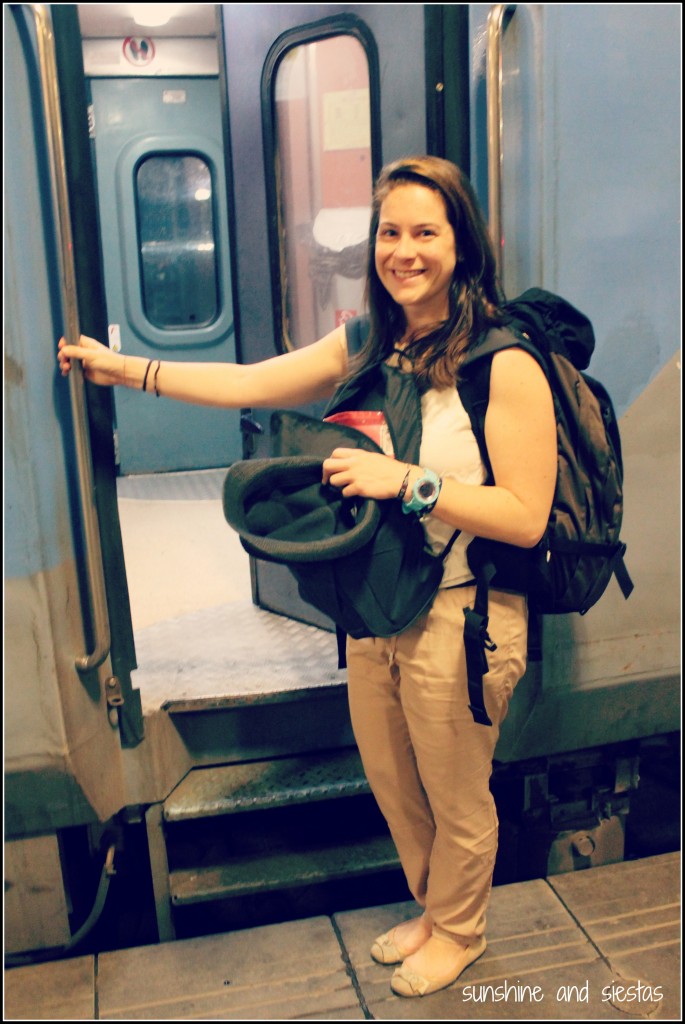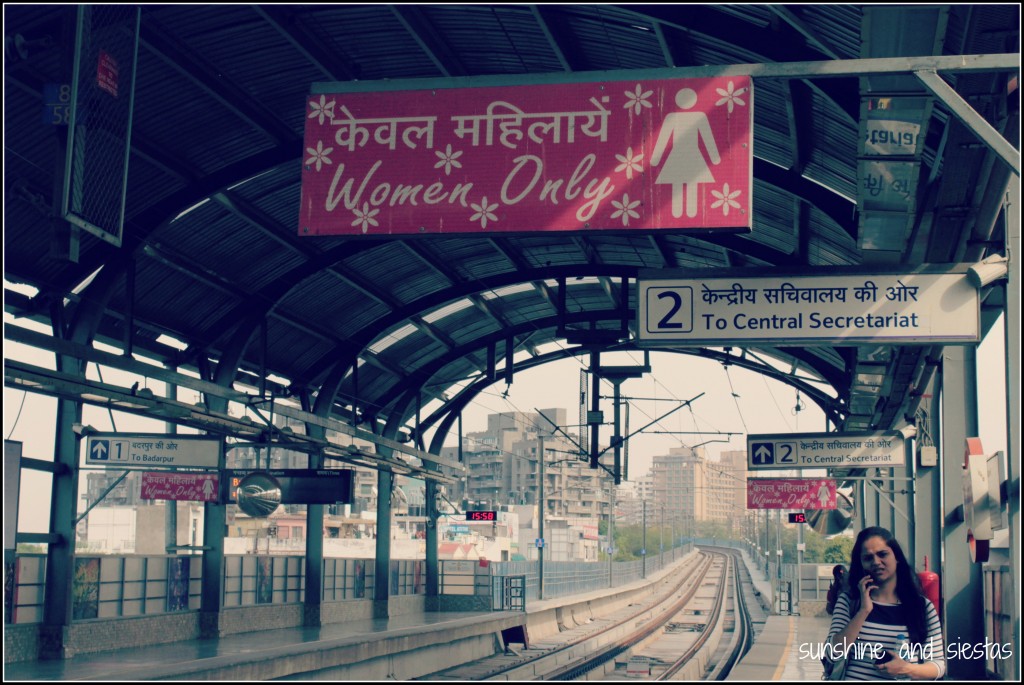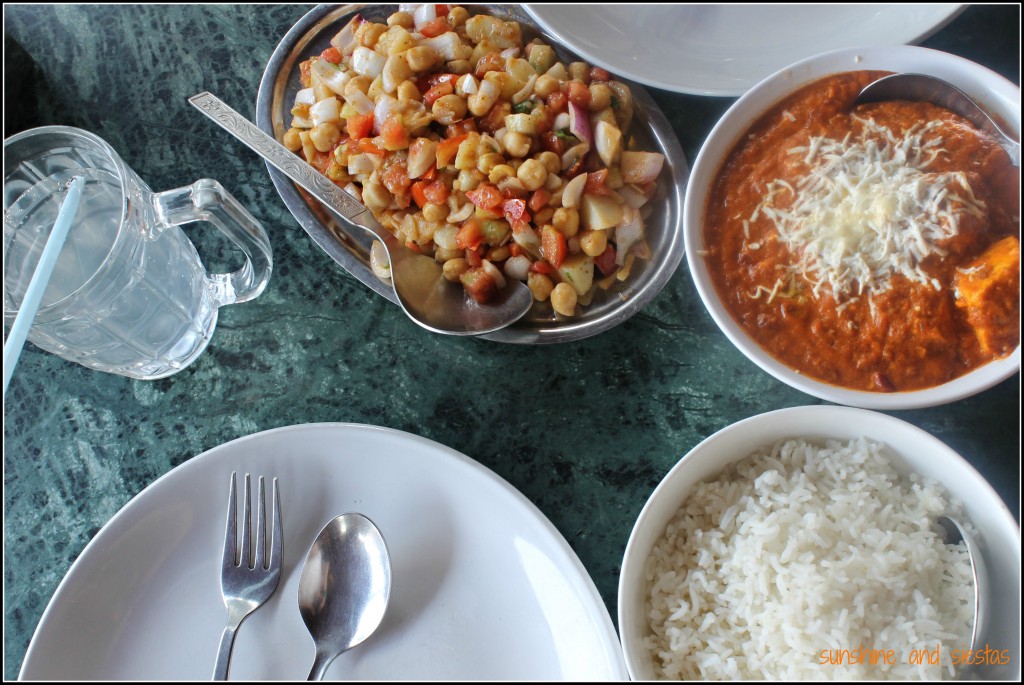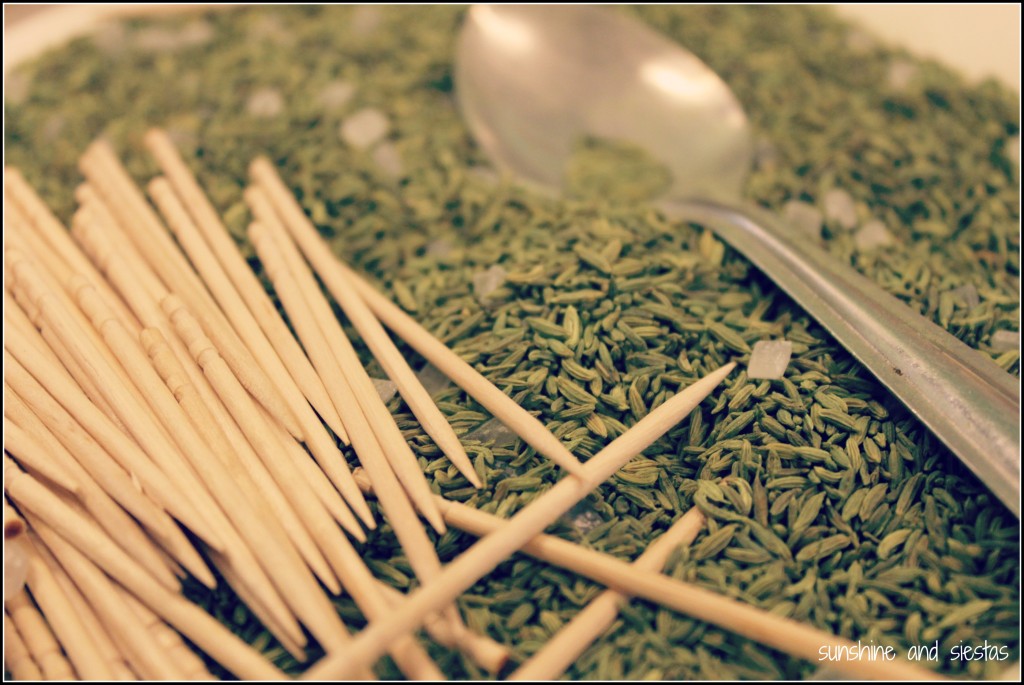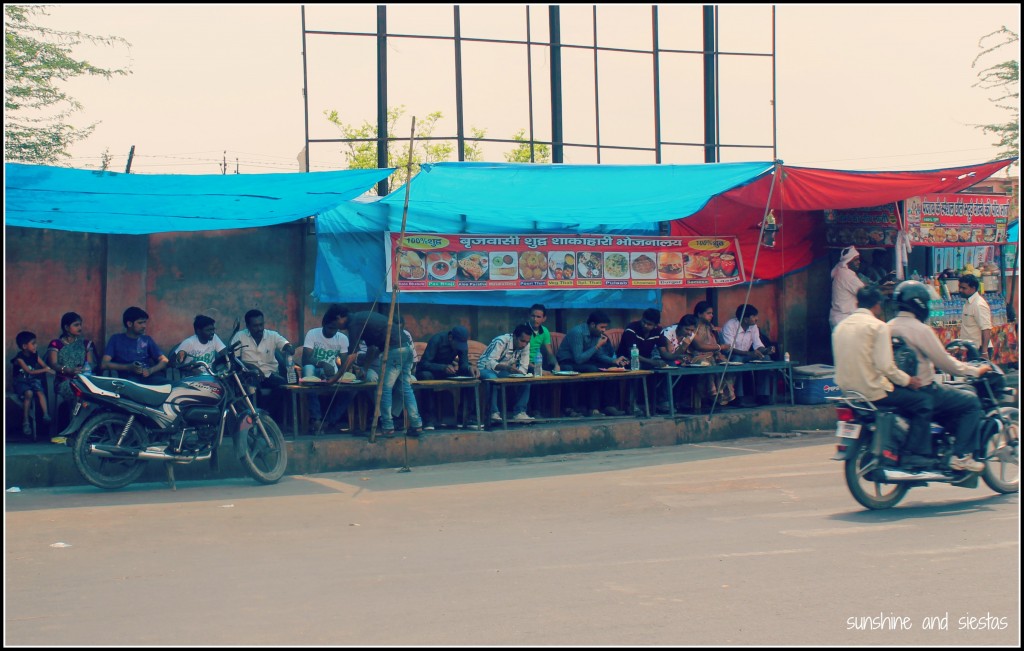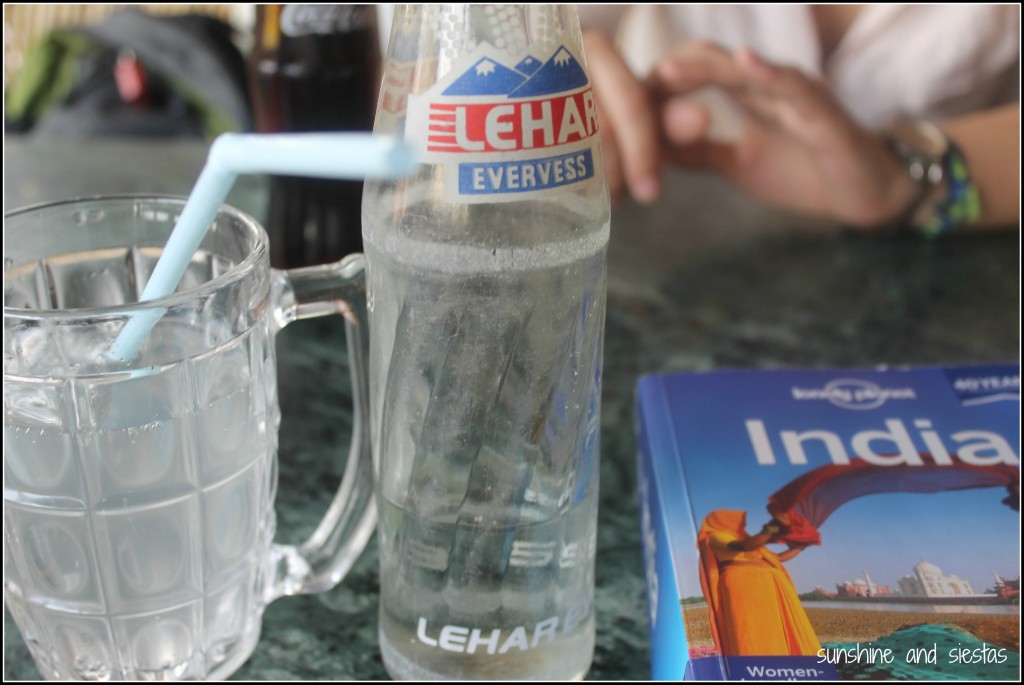My trip in 2014 to India was one of those moments in my life where I felt the axis tip, when I saw true poverty with my own eyes yet experienced the warmth of a community and a people. India lodged itself under my skin in a way that only Spain has done.
When I found out my friend Natasha, an accomplished swimmer and all-around go-getter, told me she wanted to swim across the Straight of Gibraltar to raise awareness of impoverished communities in India, I wasn’t surprised. I’d seen the glimmering Taj Mahal and eaten curries at rooftop hotels that overlooked Jaipur, but I’d also seen amputees on the street scrounging for scraps of food. It was a bridge between two worlds – those who have and those who do not.
Nadando Entre Dos Mundos, Natasha and her swimming partners’ group, is raising funds to help build schools through the Vicente Ferrer Foundation. This Spain-based NGO works in Anhdra Pradesh – one of India’s poorest areas – to build schools, teach technical and conventional skills and to protect womens’ rights. You had me at ‘helping others.’
Further, the Straight of Gibraltar is one of the more dangerous stretches of oceans in the Western world, and even at mere miles from the tip of Tarifa – the southernmost tip of continental Europe – and the shores of Morocco and Africa, it claims victims each year thanks to high winds and frequent changes in the weather. This symbolic choice of the Sraight has to do with those haves and have-nots, with bridging cultures and with helping those who need it most.
Says Natasha:
The Strait of Gibraltar separates two continents, two worlds. It separates opportunities from dreams, the power of wanting. With a little bit of help we would like to make these dreams of development come true. Crossing the poverty line is difficult and on many occasions you have to swim against the current to do so. We understand that education is the best path towards development.
We would like to exemplify this by crossing the gap that separates two worlds. The goal, more than just a mere athletic feat, is an act of solidarity to obtain funds and construct a school in one of the poorest zones in India in collaboration with the Vicente Ferrer Foundation.
We also need you to swim with us. Please consider purchasing a T-shirt via Fabrily (they’re fun gifts for both kids and adults, and also come in hoodies!) to help fund schools in
The team, made up six Spaniards and Natasha, a Canadian who has lived in Seville for seven years, will be swimming the Straight sometime between October 30th and November 6th, depending on how the weather shapes up.
Please check out Nadando Entre Dos Mundos on Facebook for updates and pictures as the big date draws near, and their Goal Funds page, where you can make a donation to make a community school happen in India. Additionally, you can make a direct deposit into their bank, Banco Sabadell ES30 2100 3331 9622 0009 6273, concept Nadando Entre Dos Mundos.
You can learn more about the Fundación Vicente Ferrer here.
all NEDM photos belong to Natasha Feith
